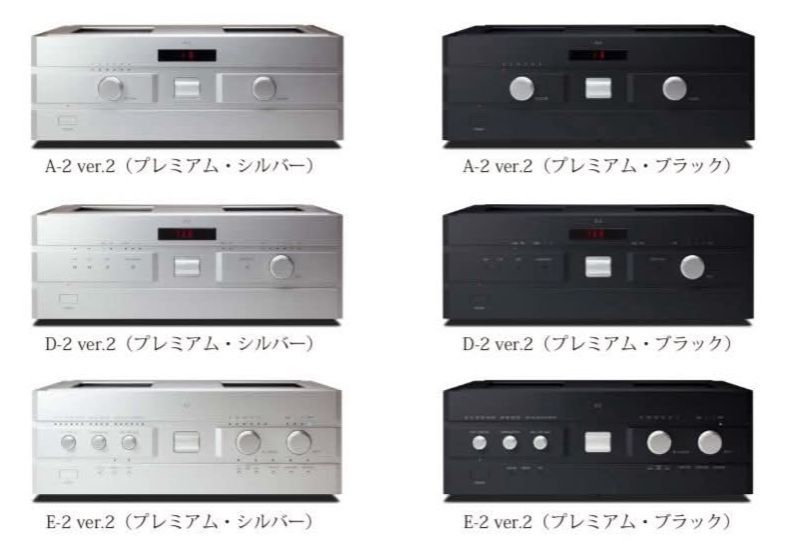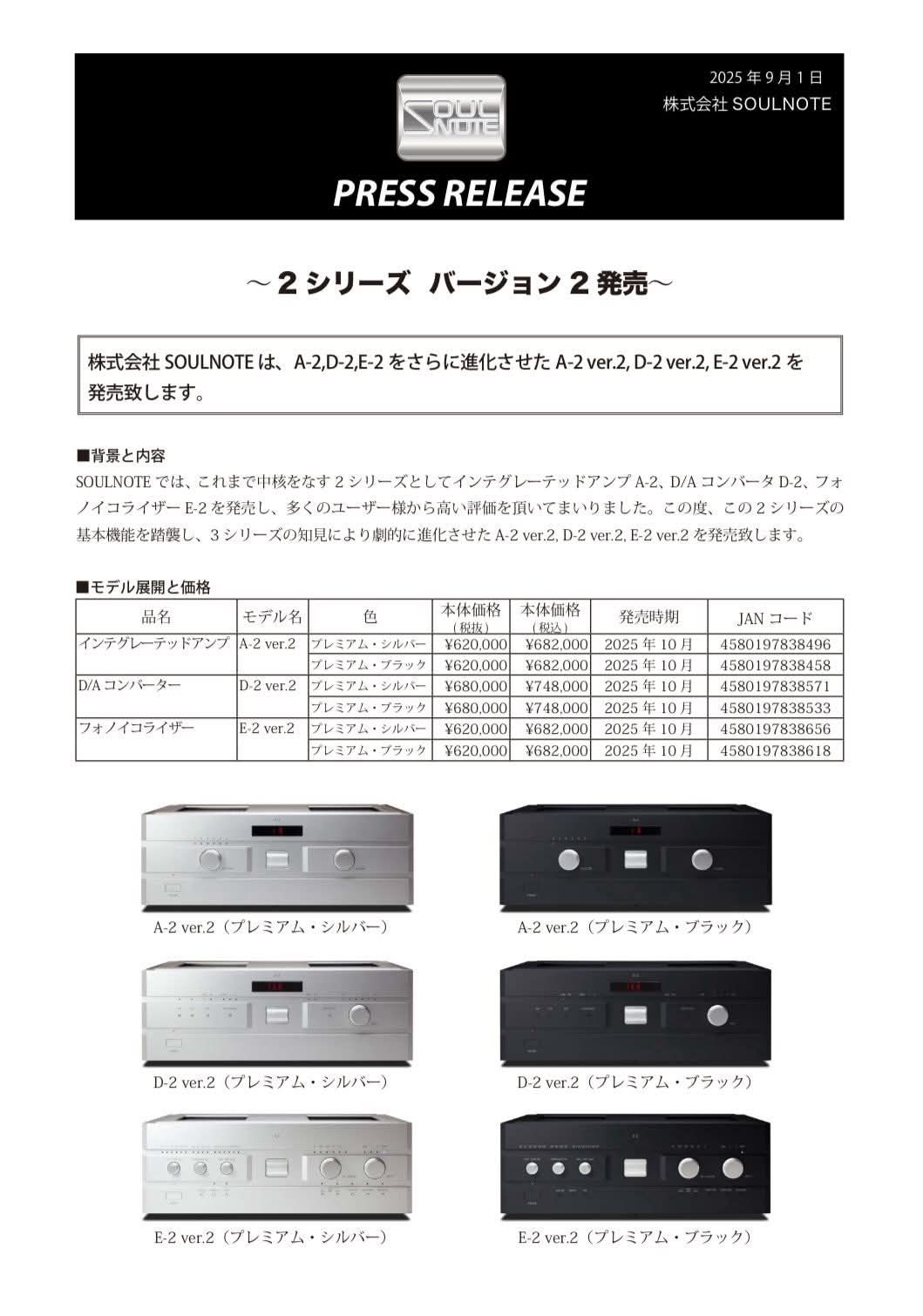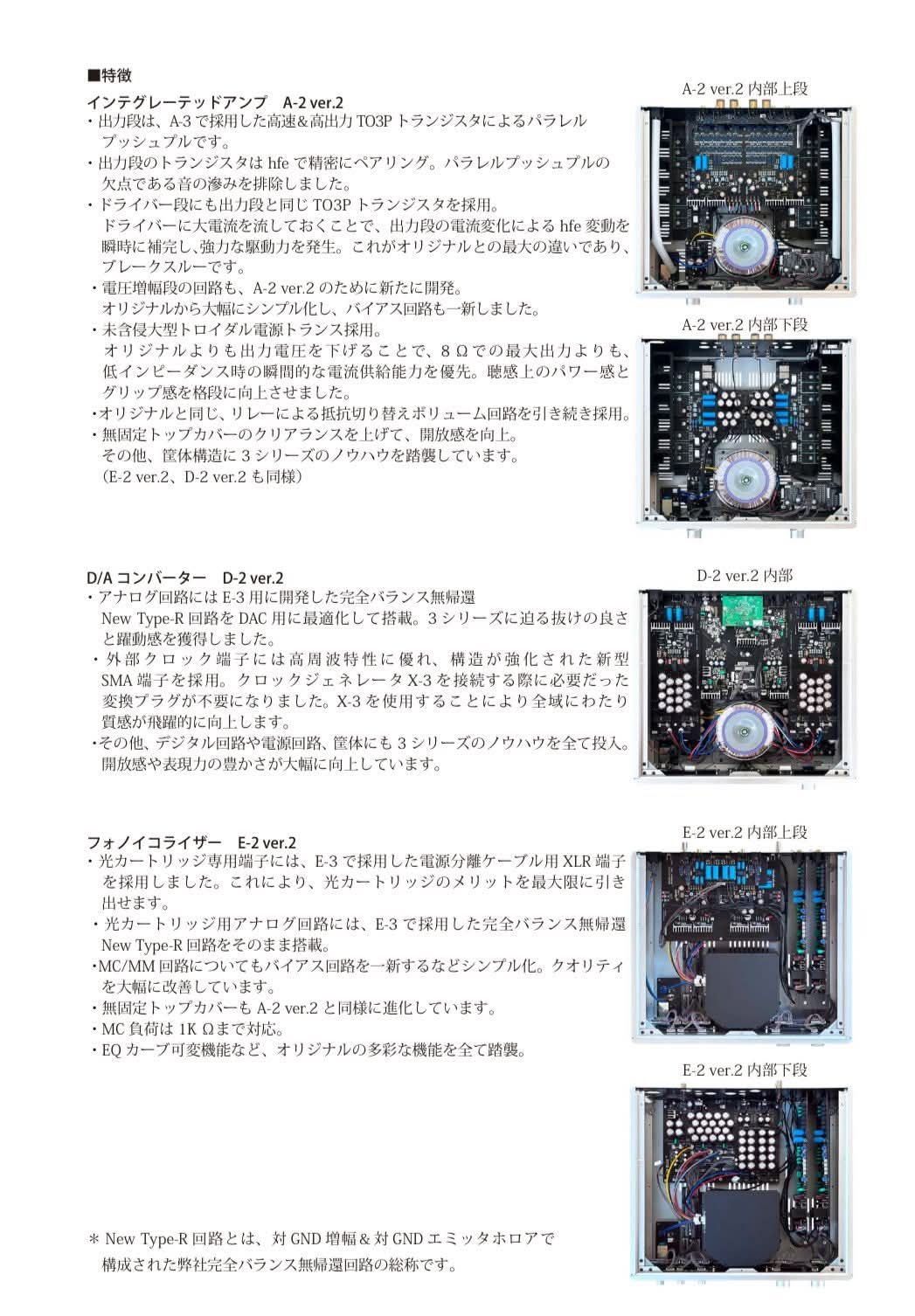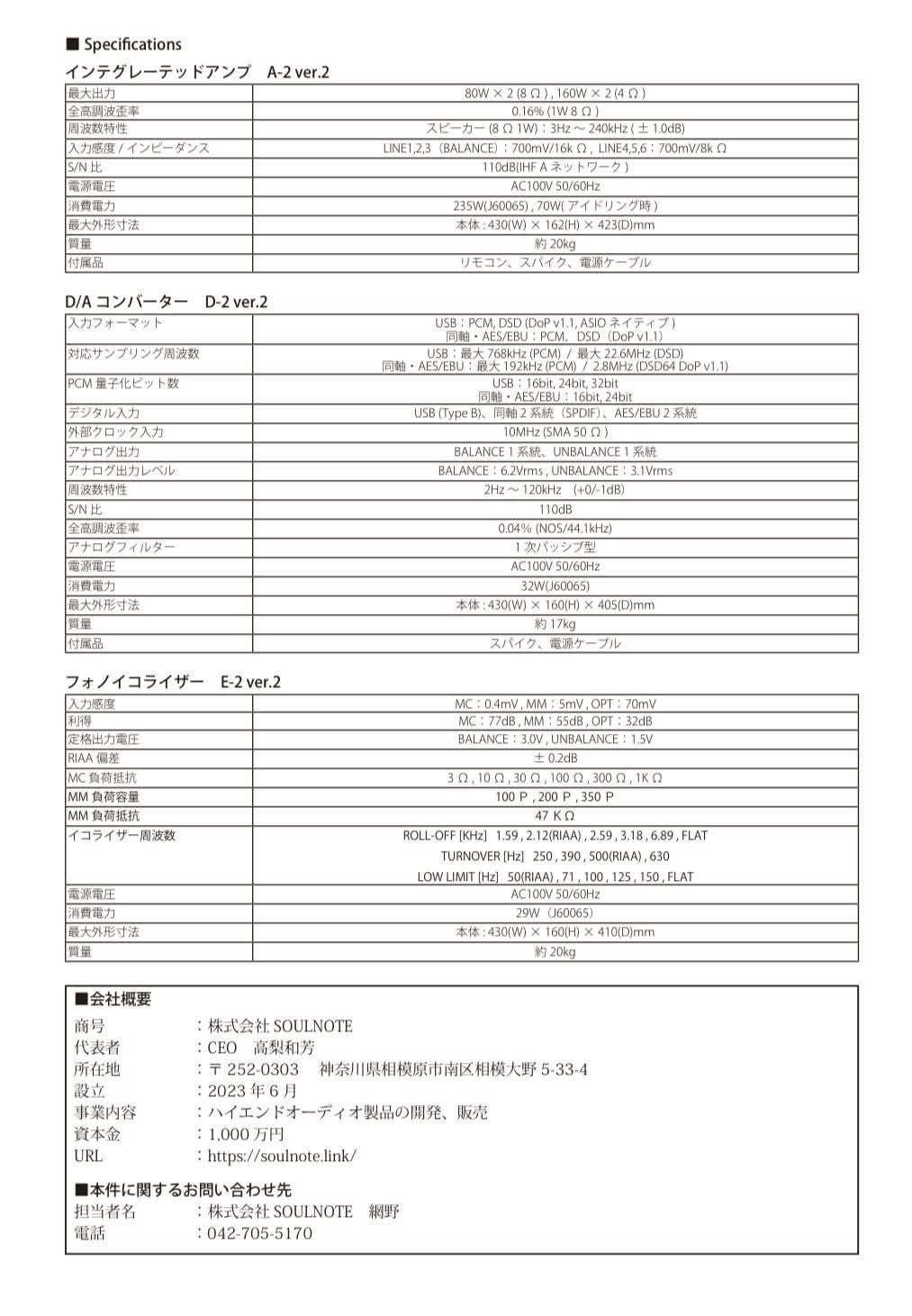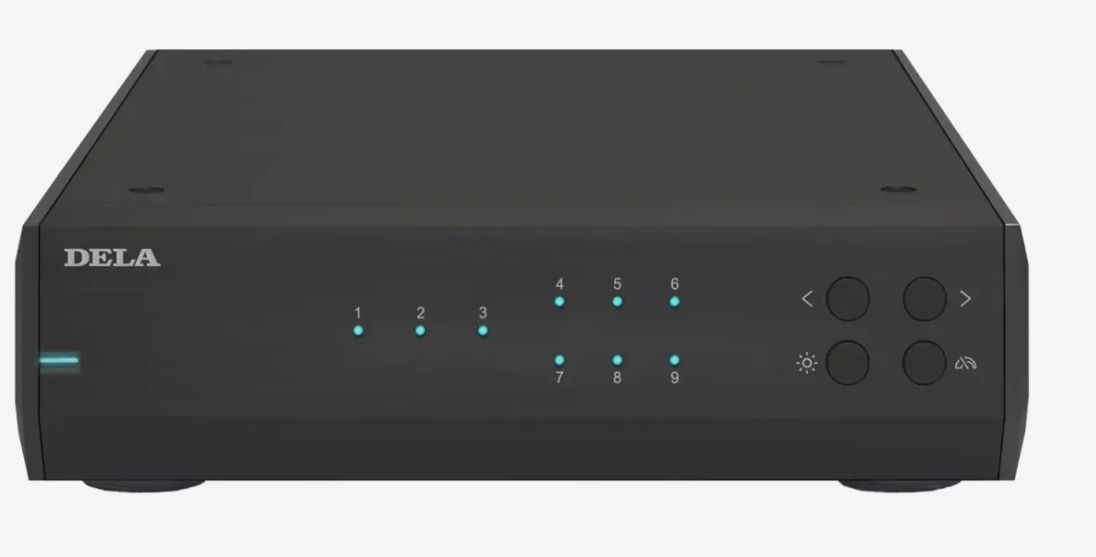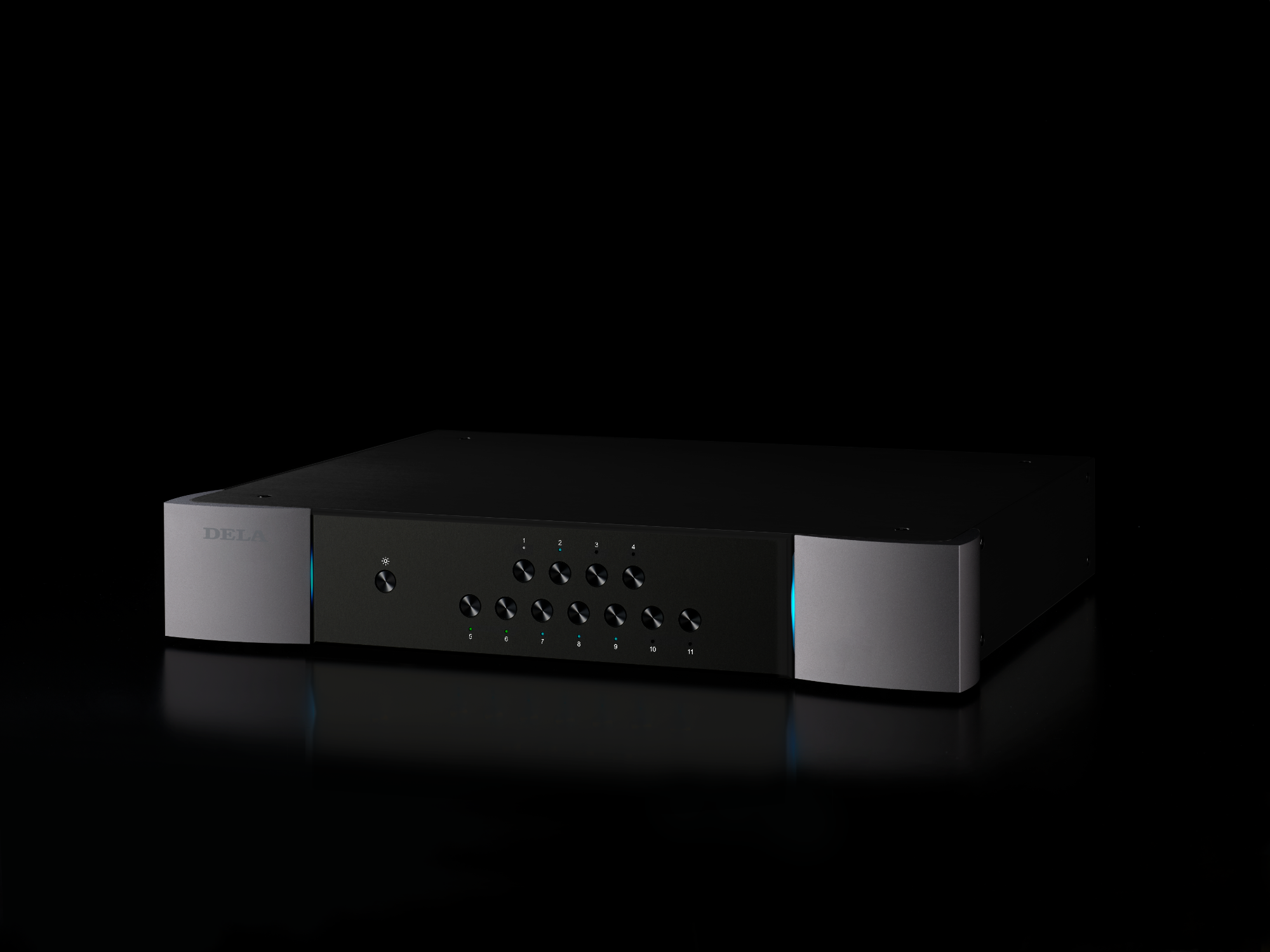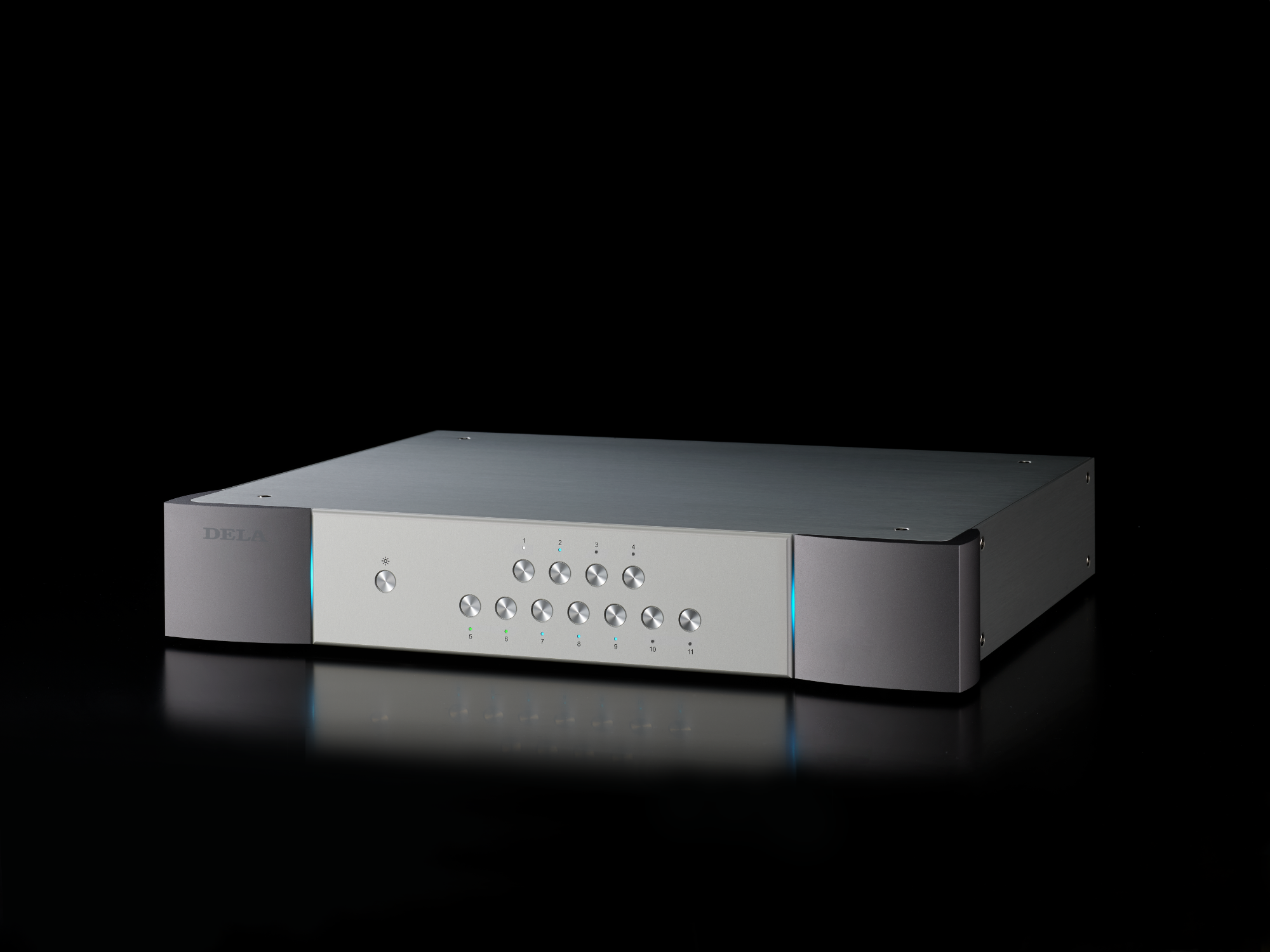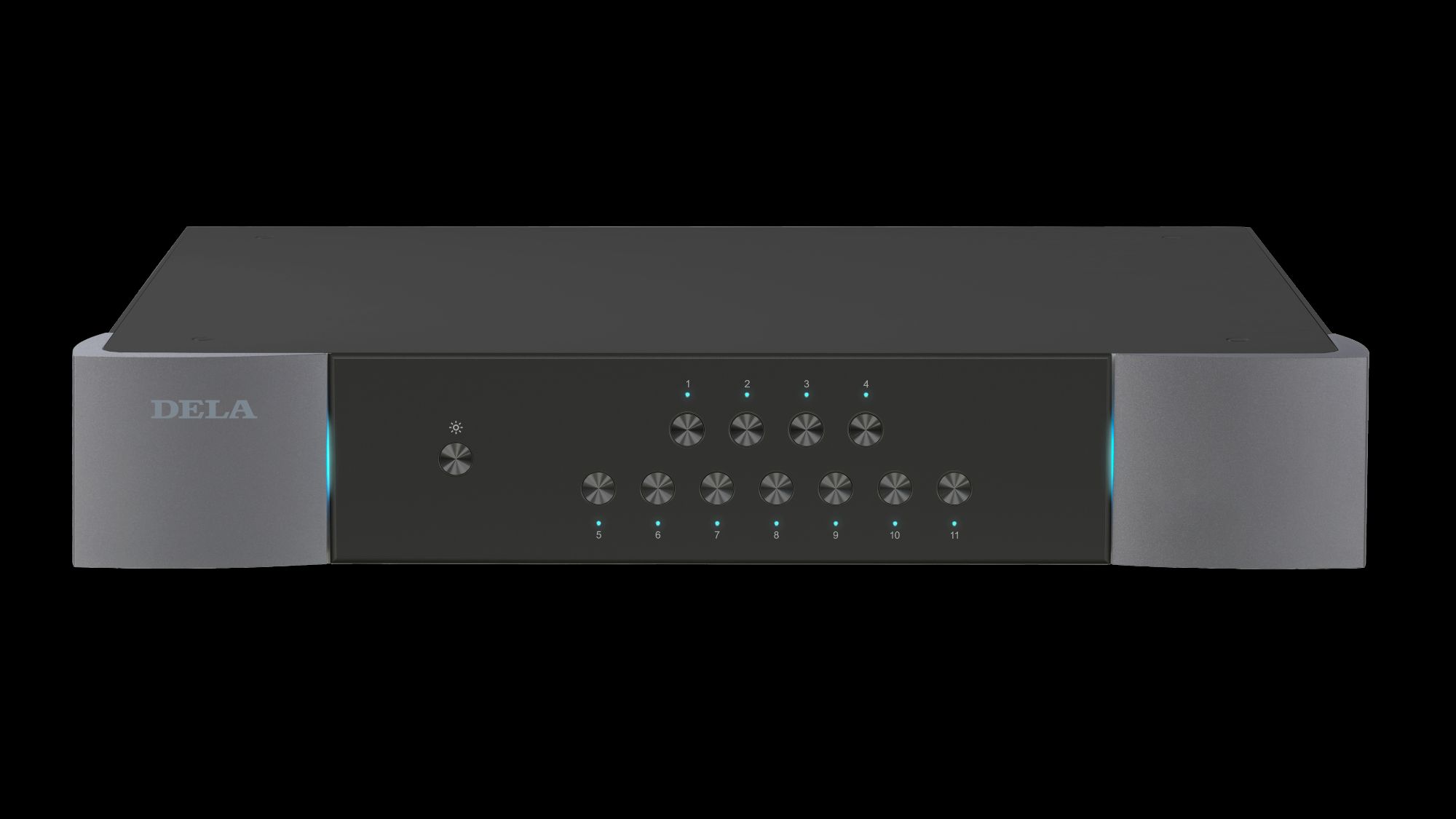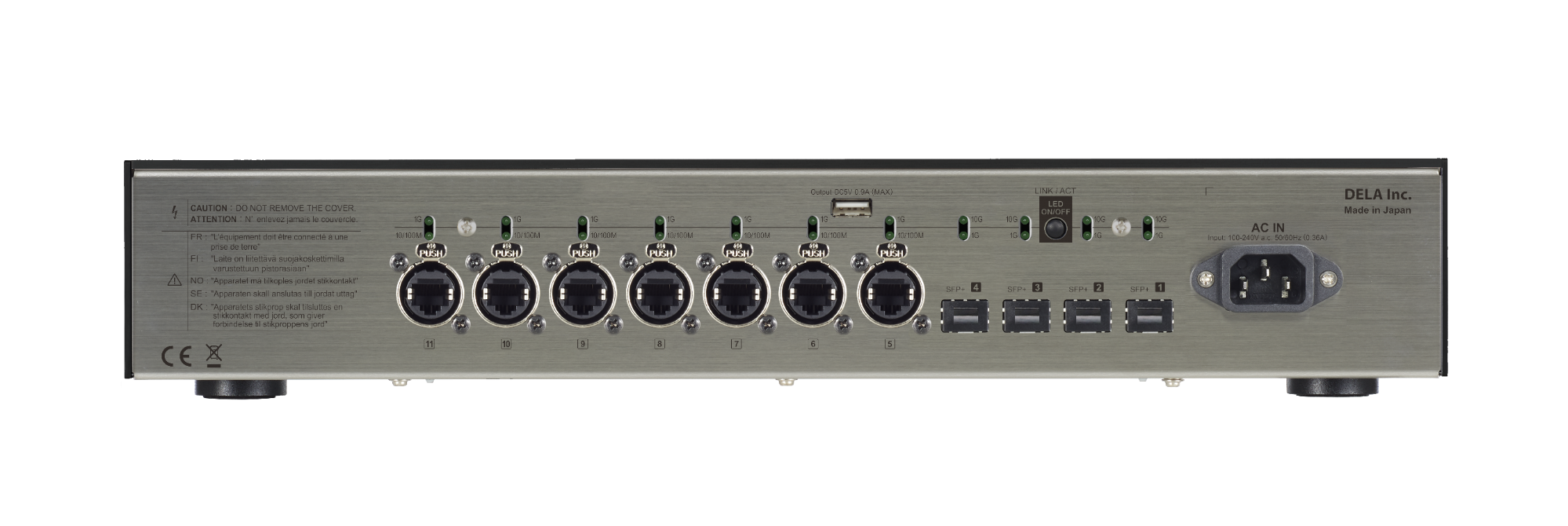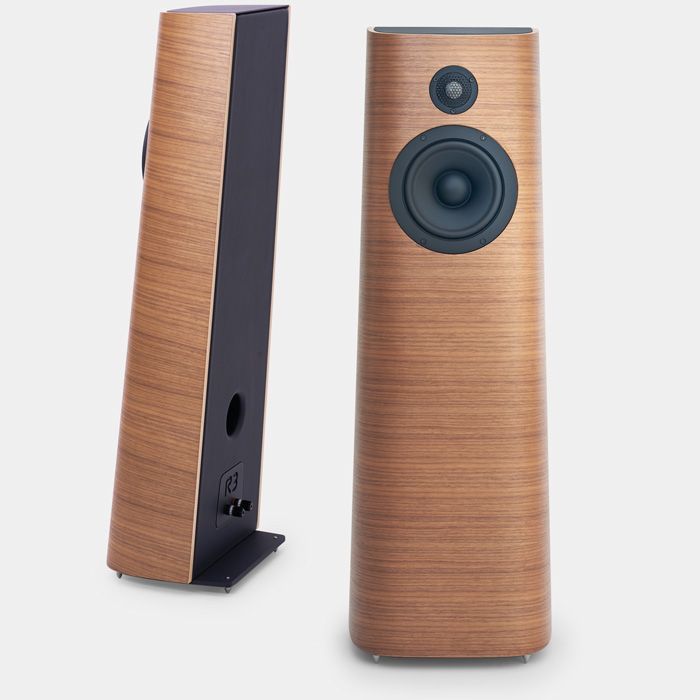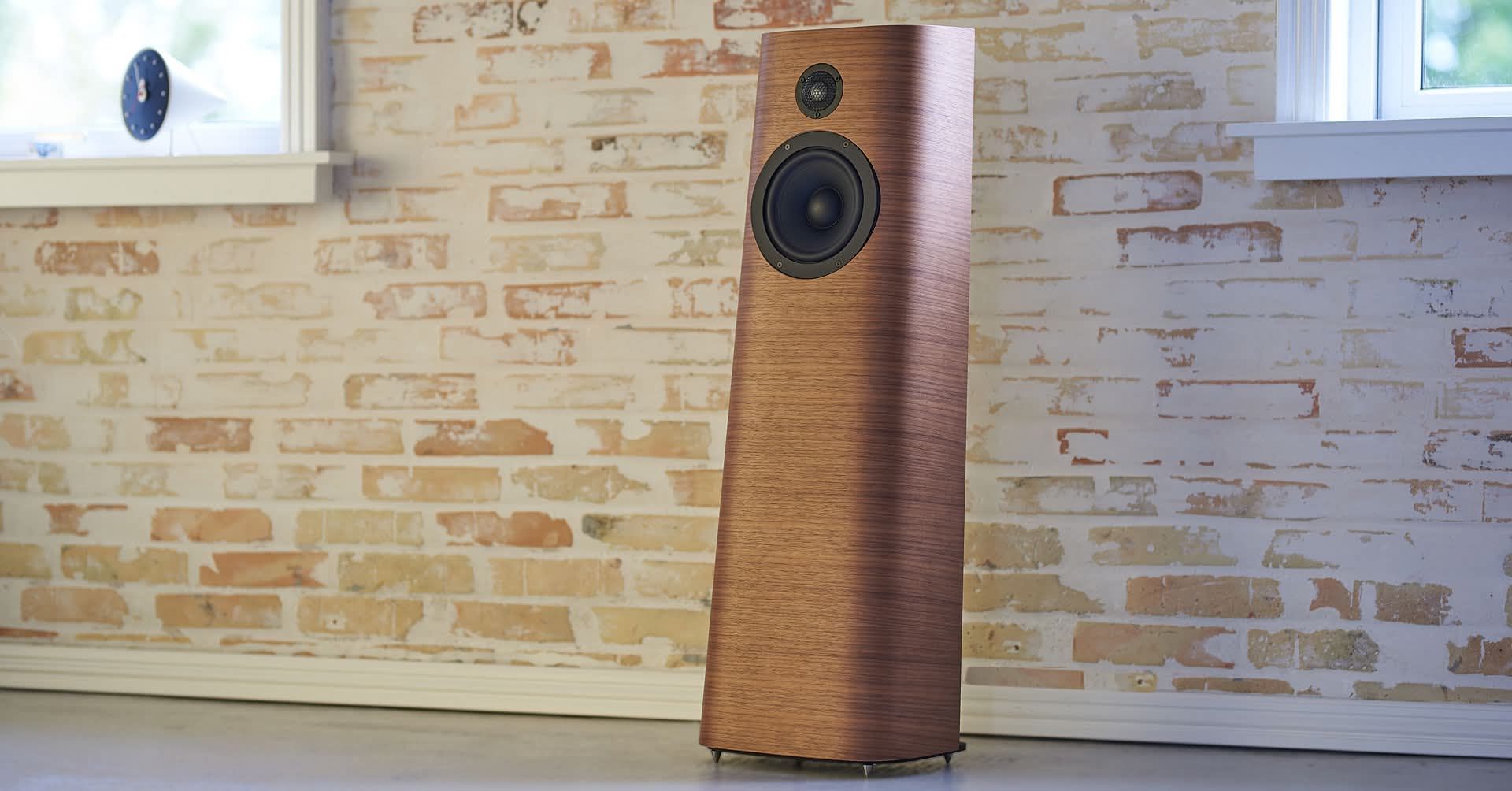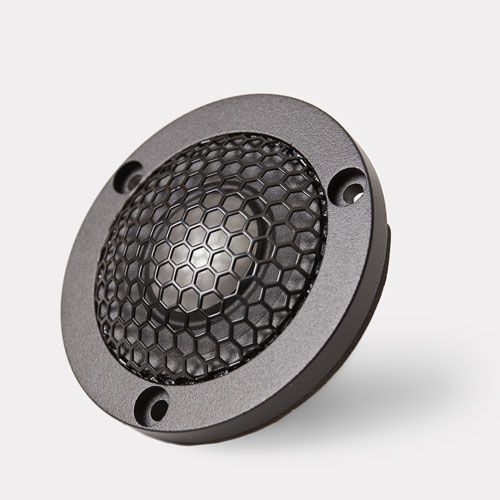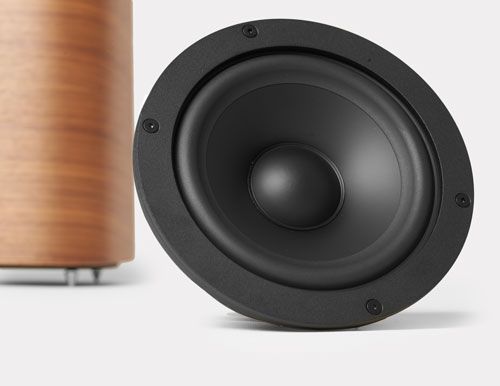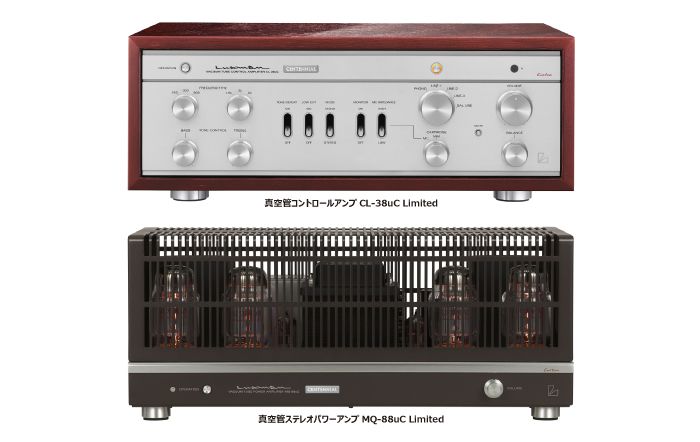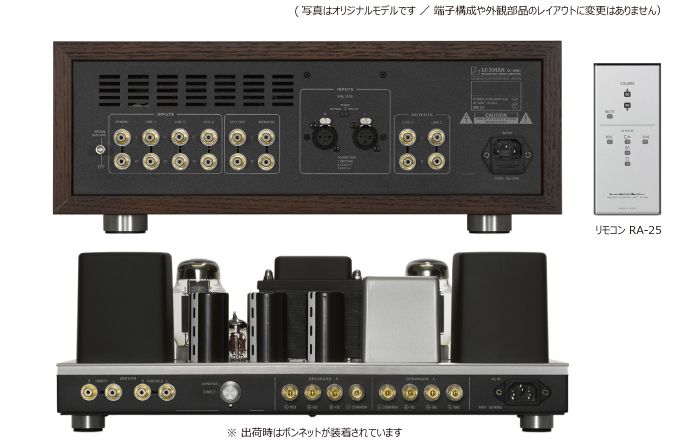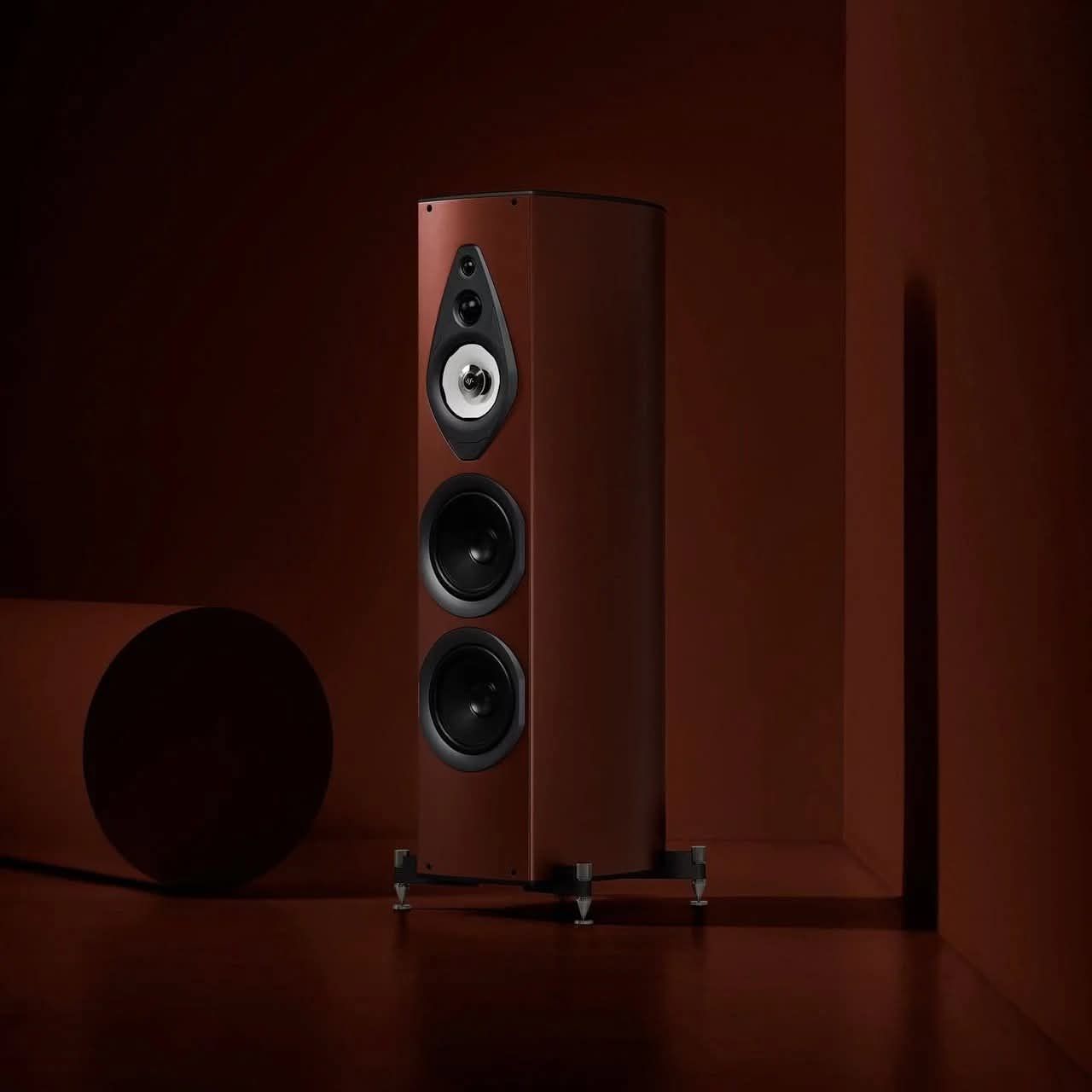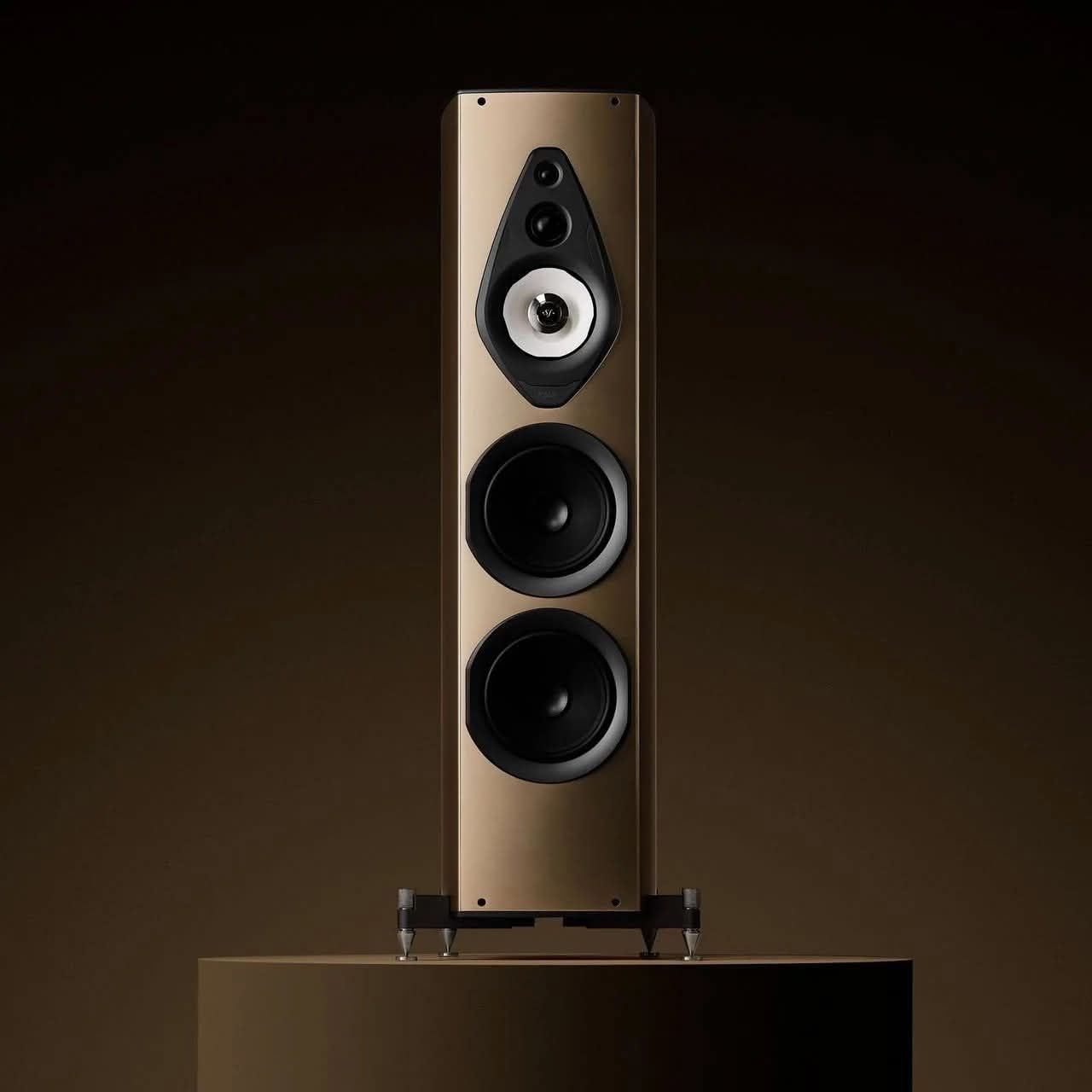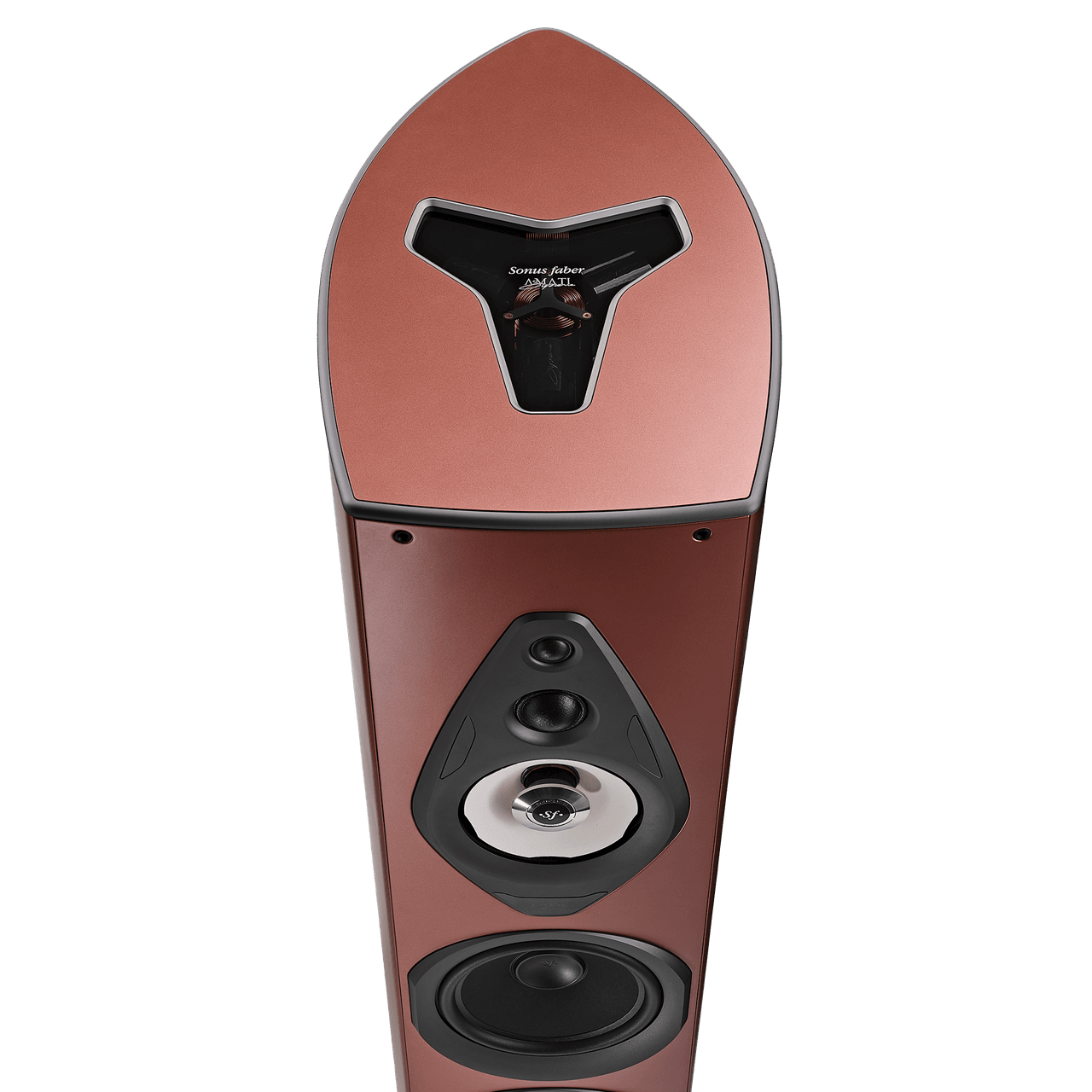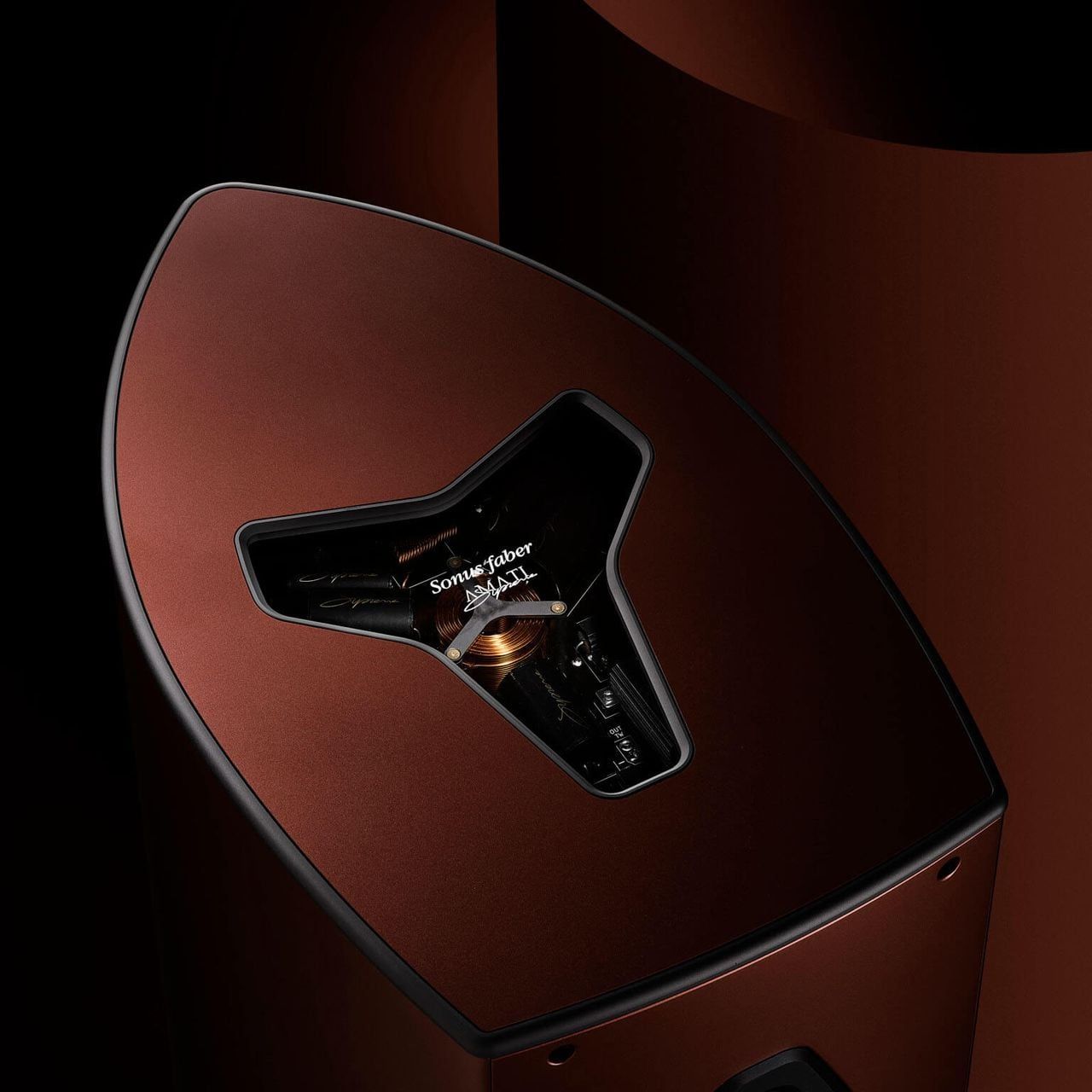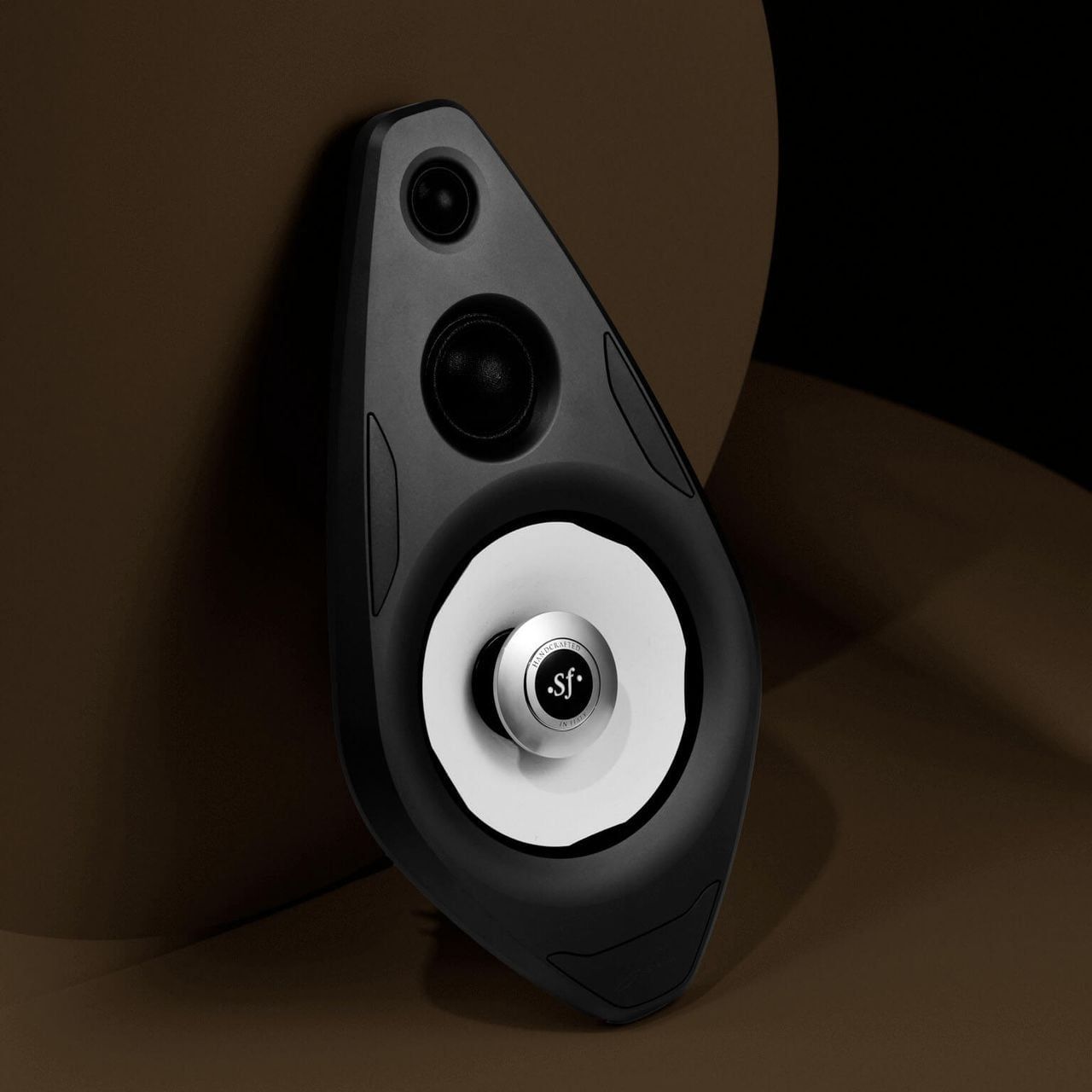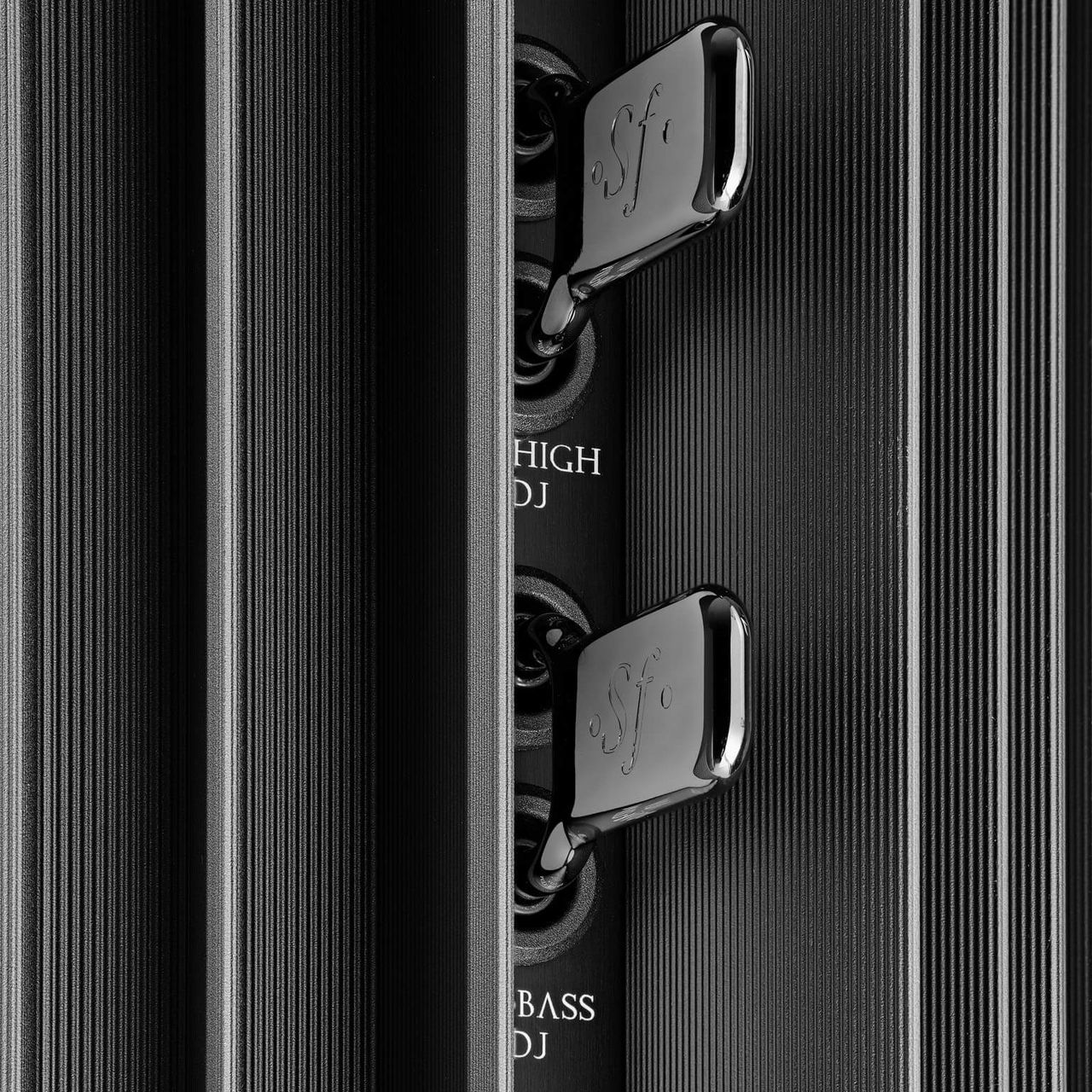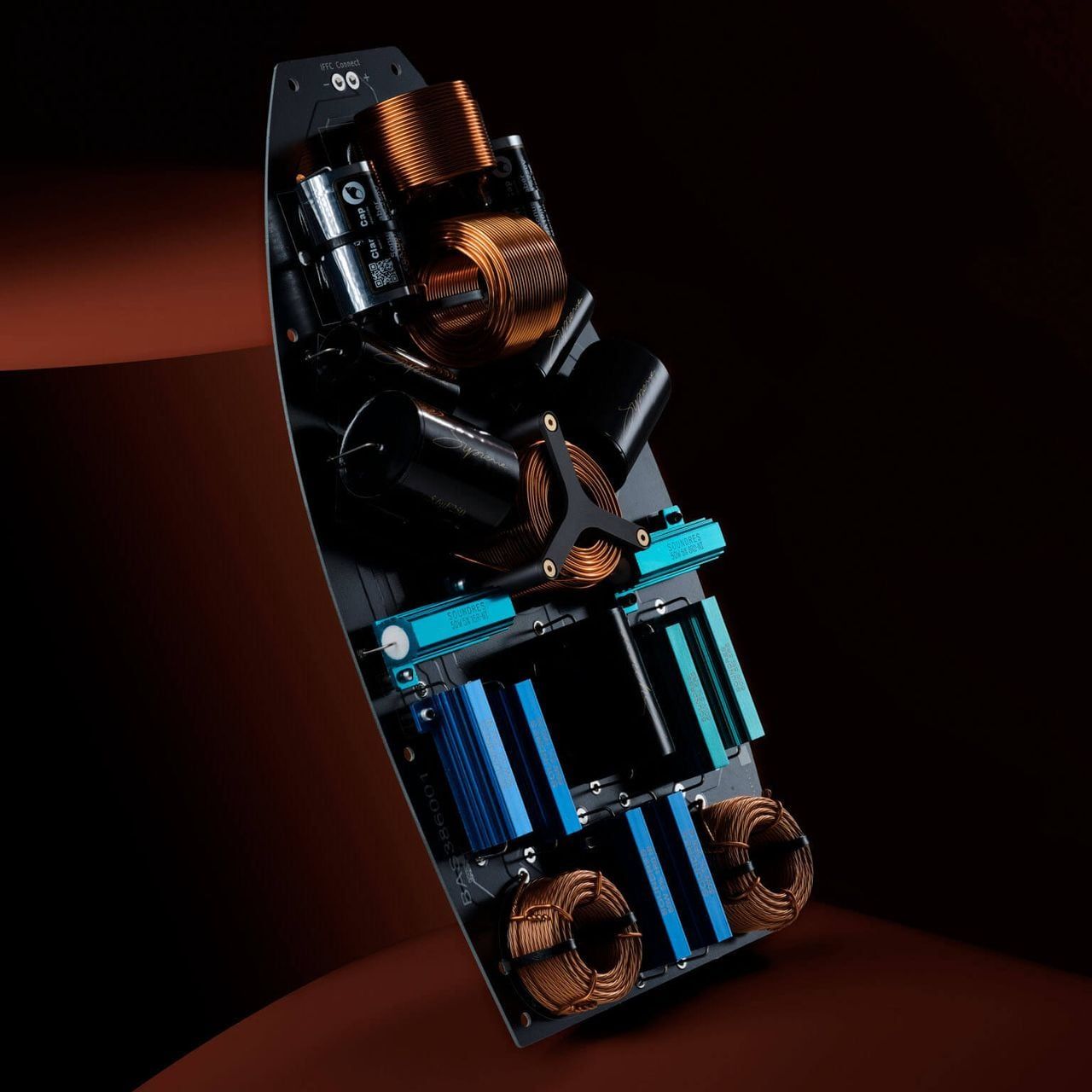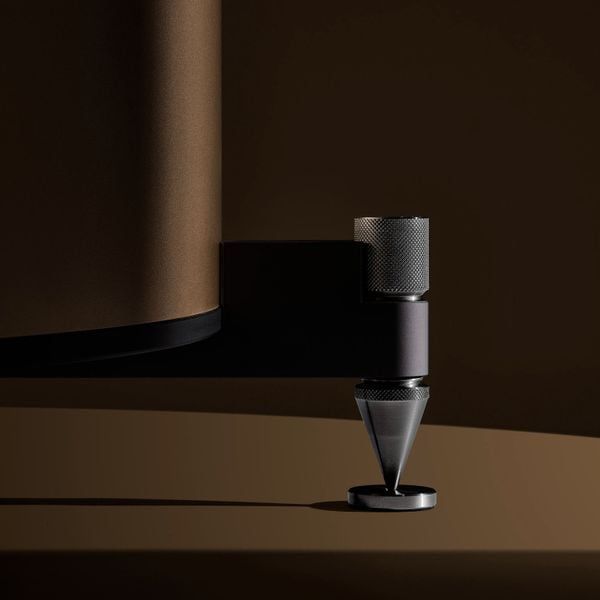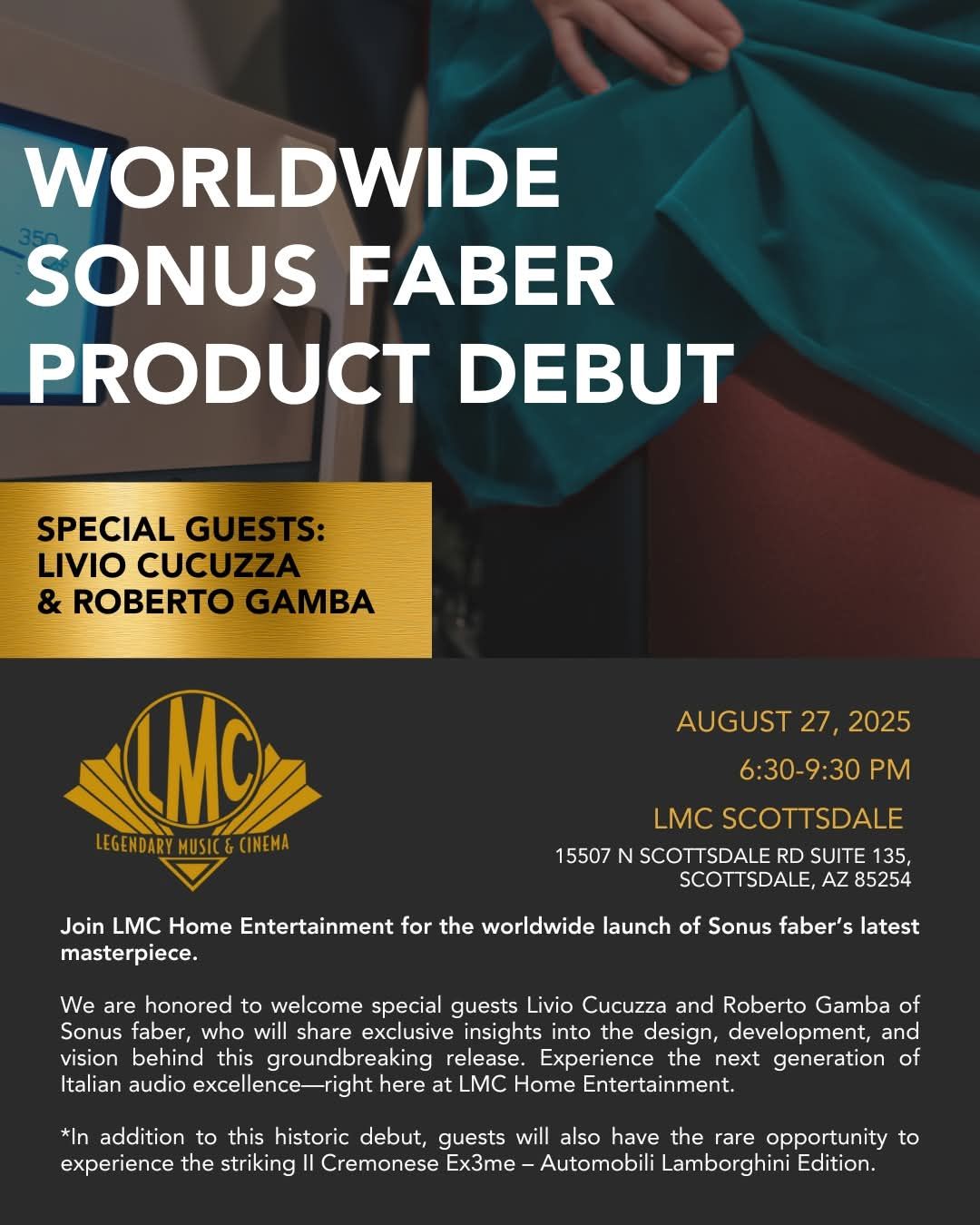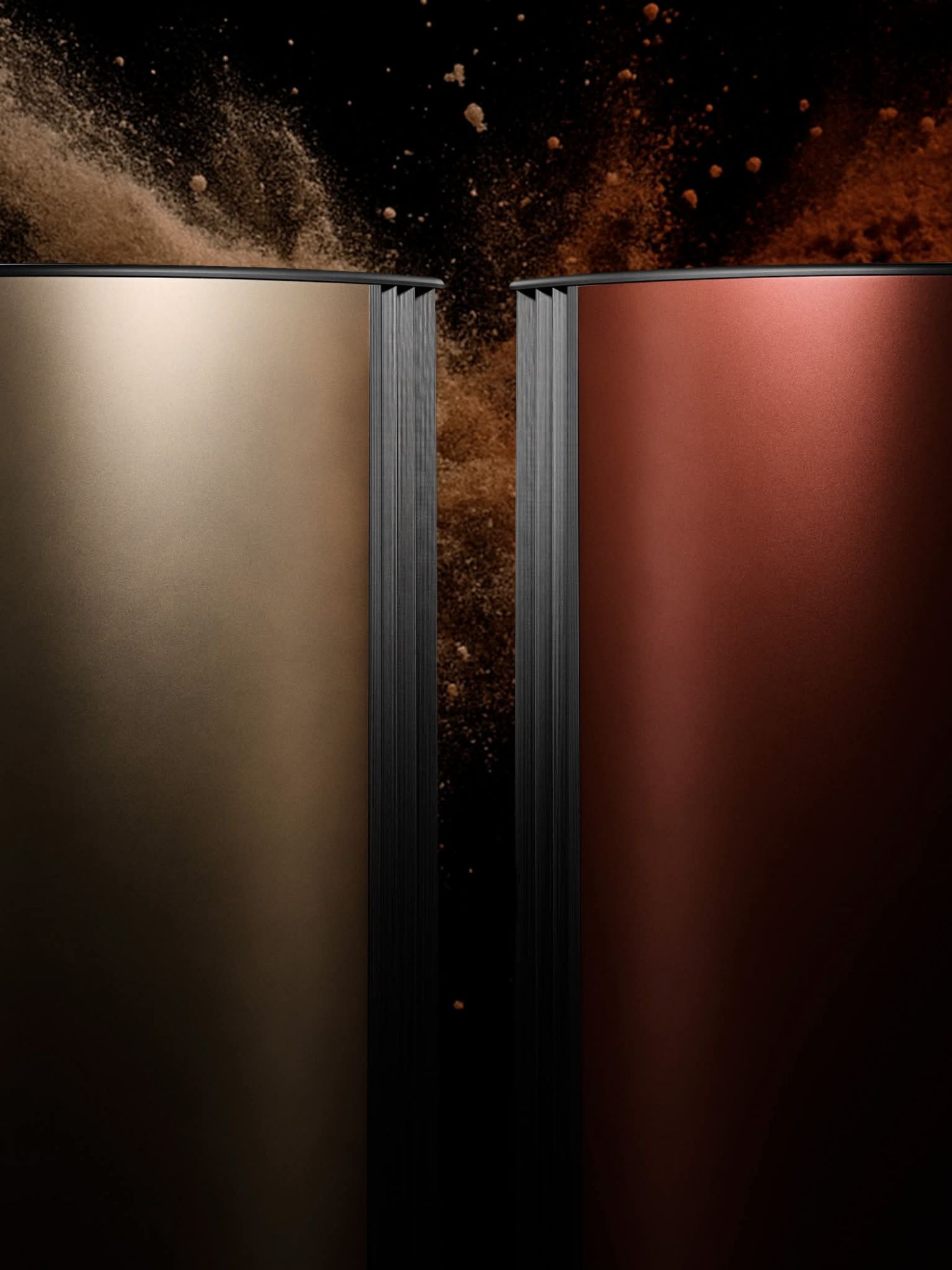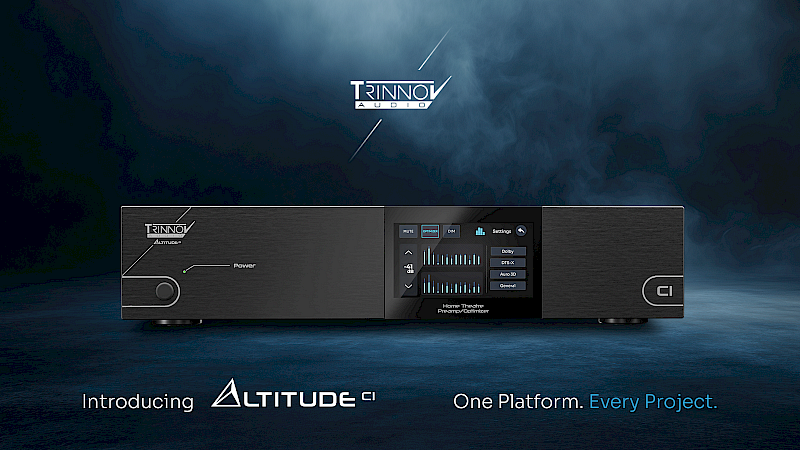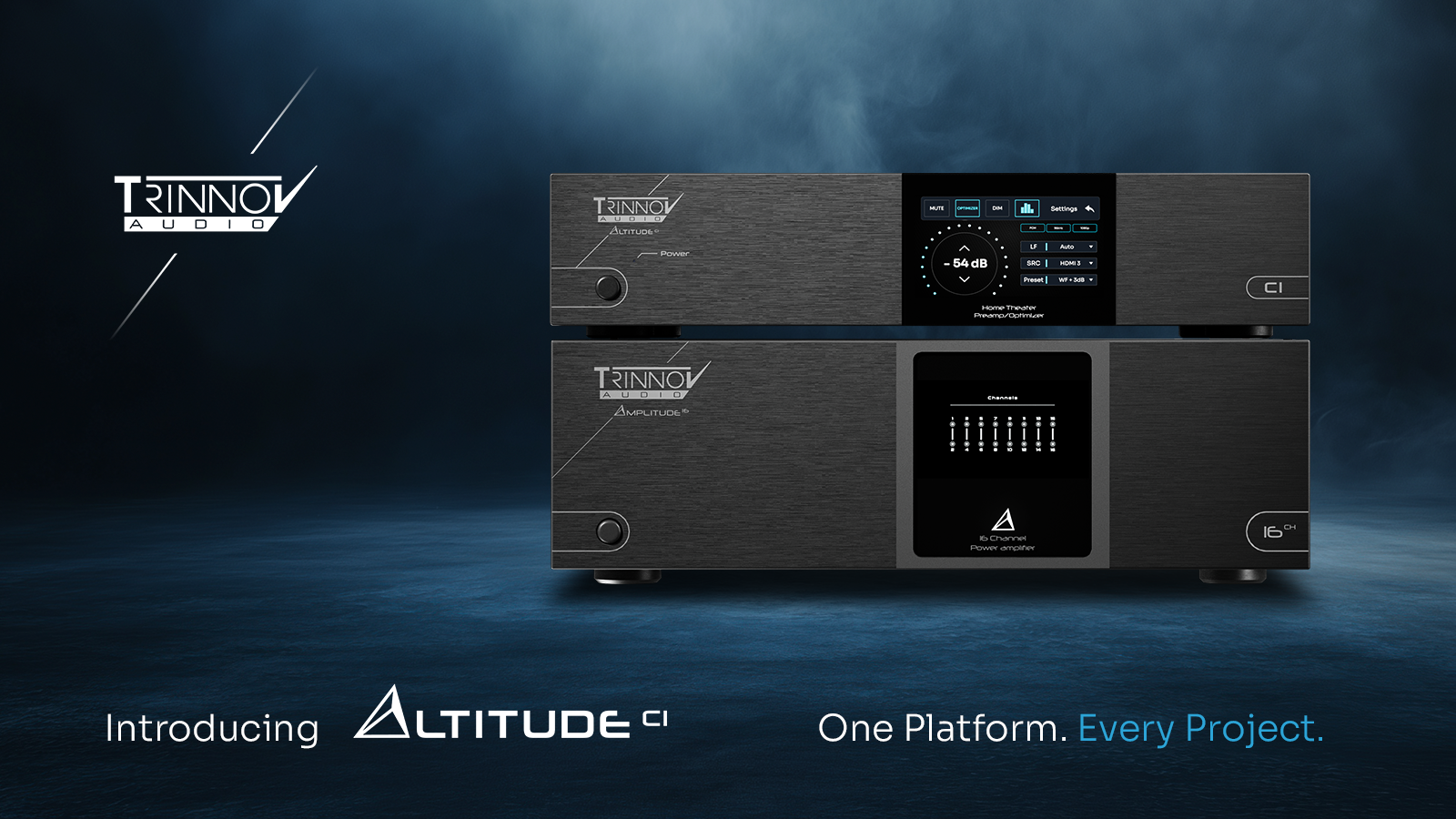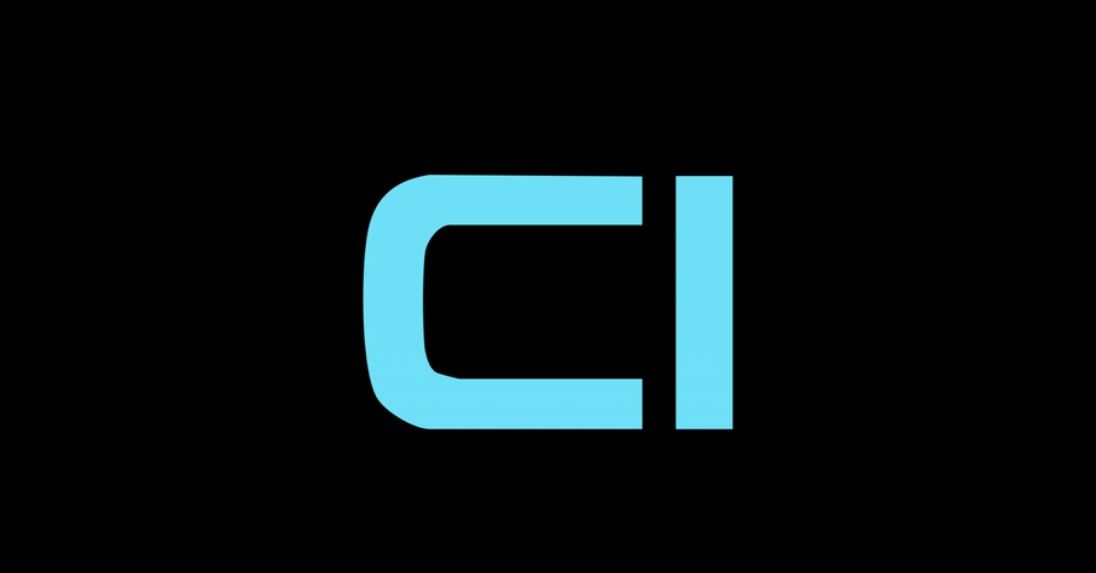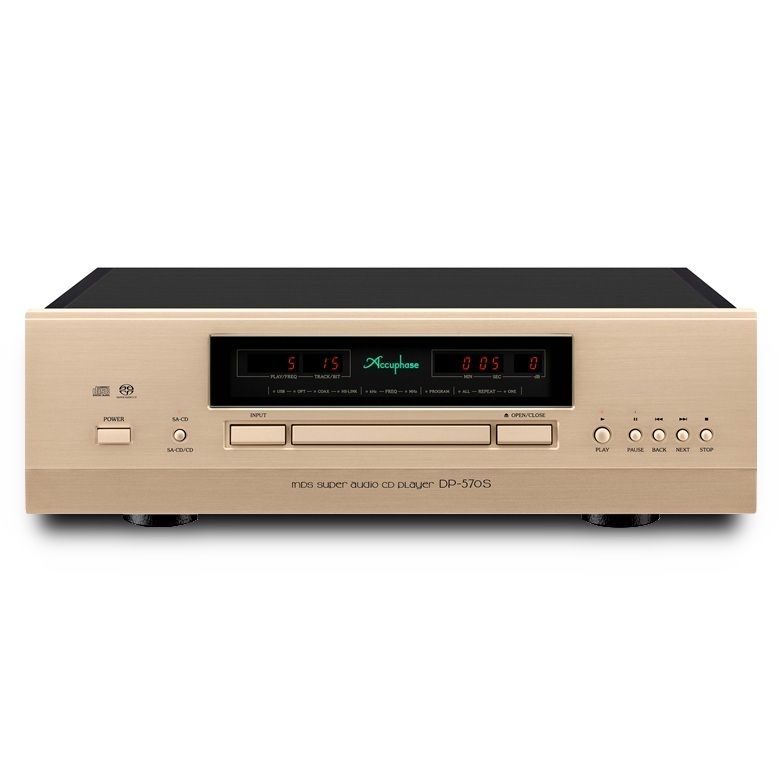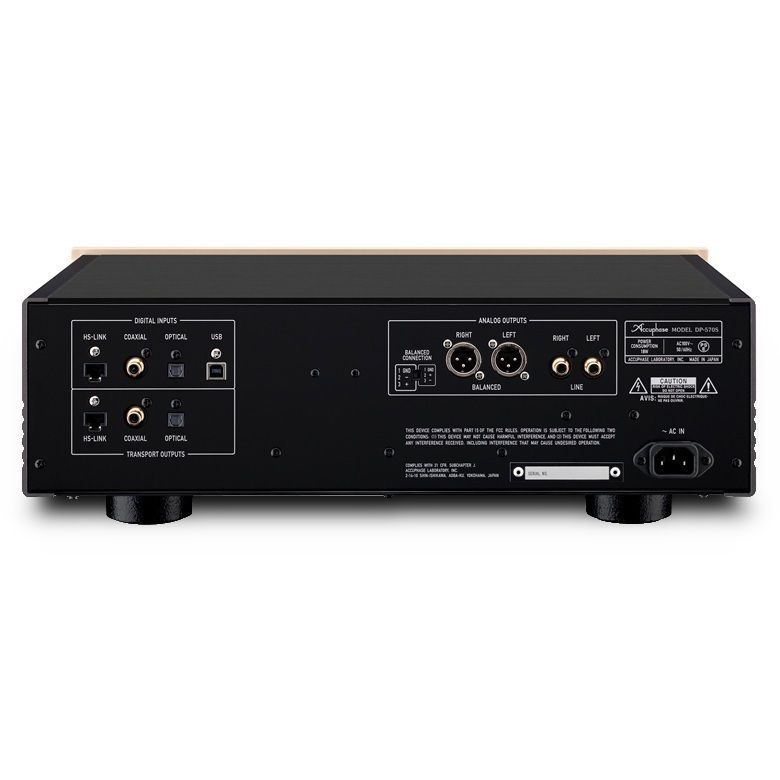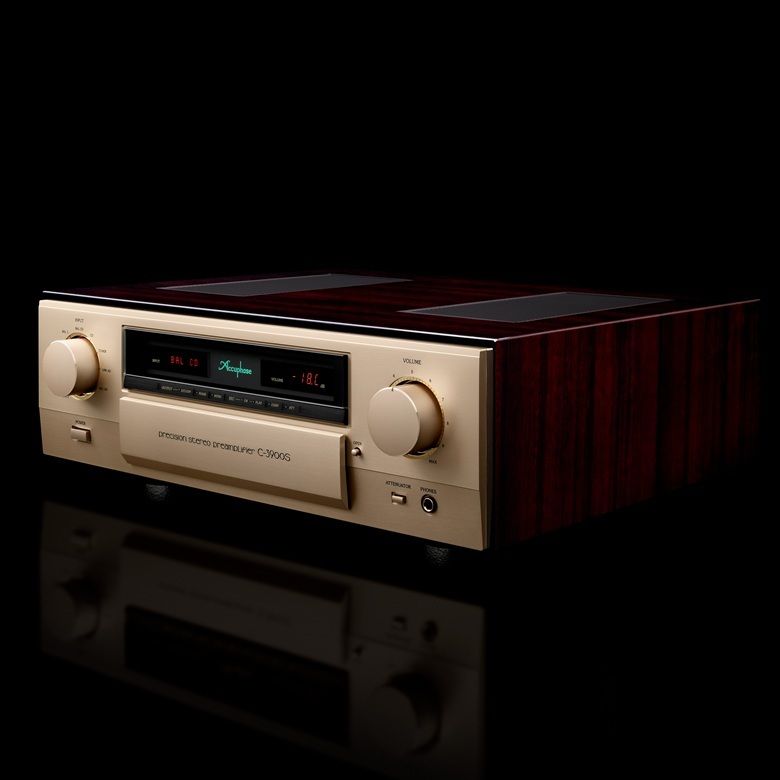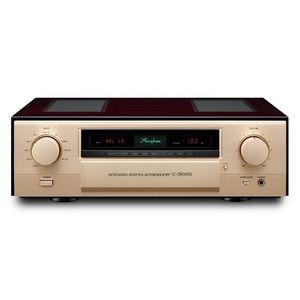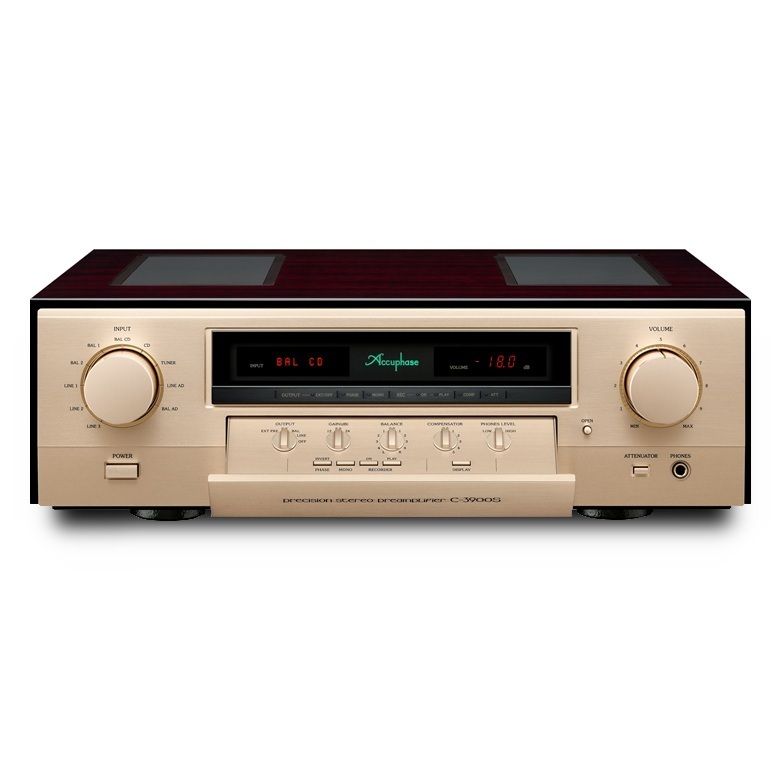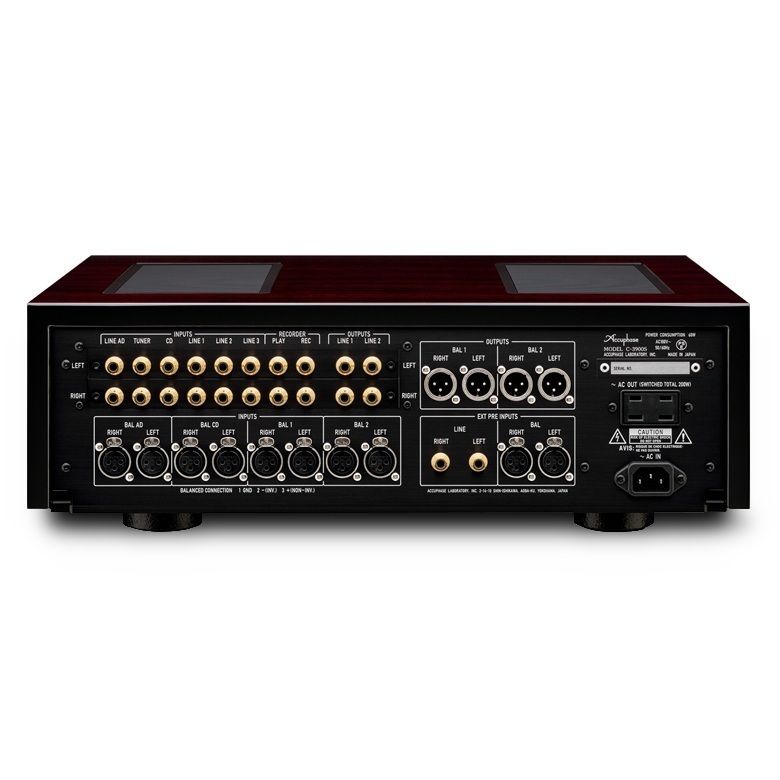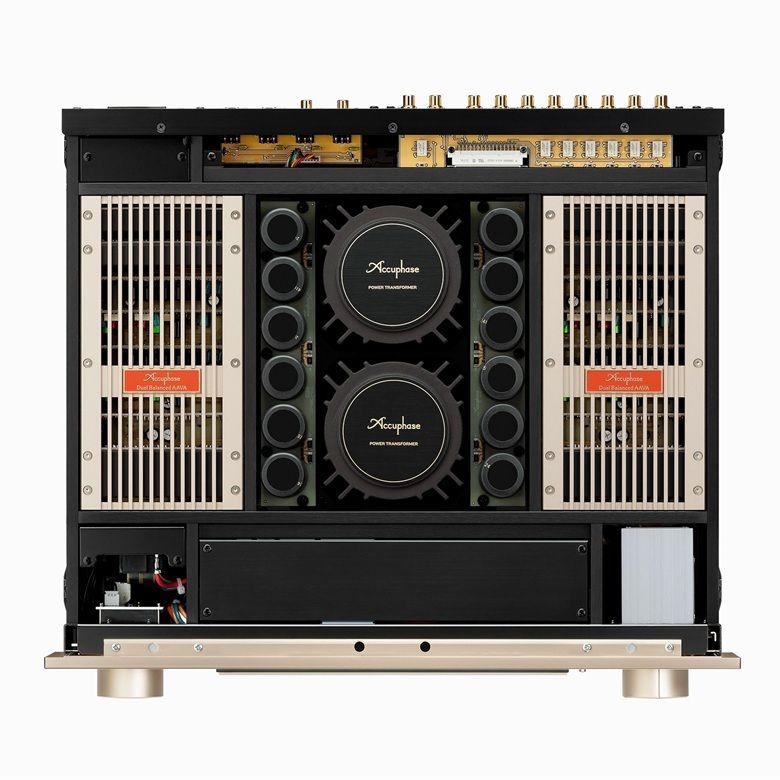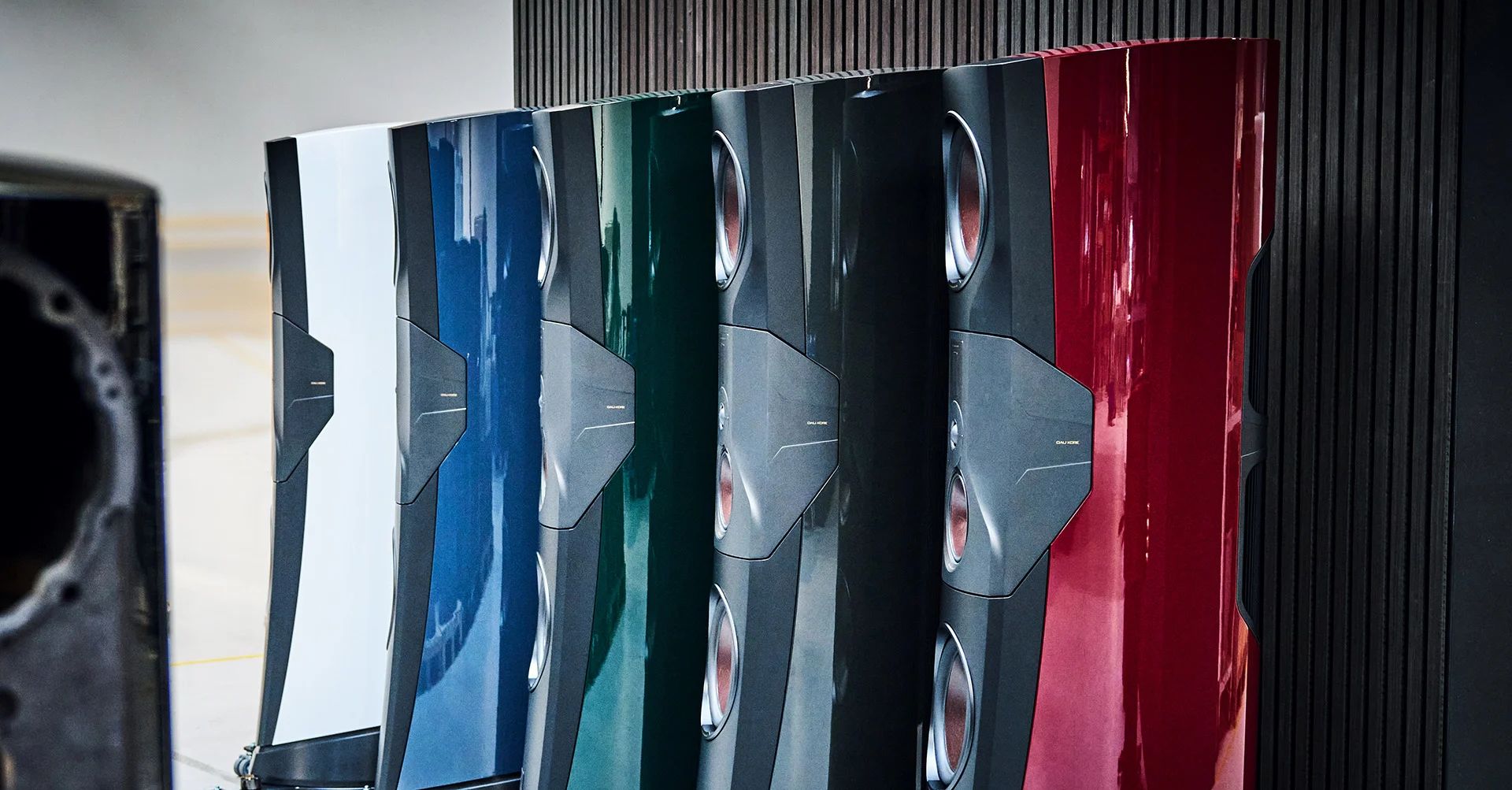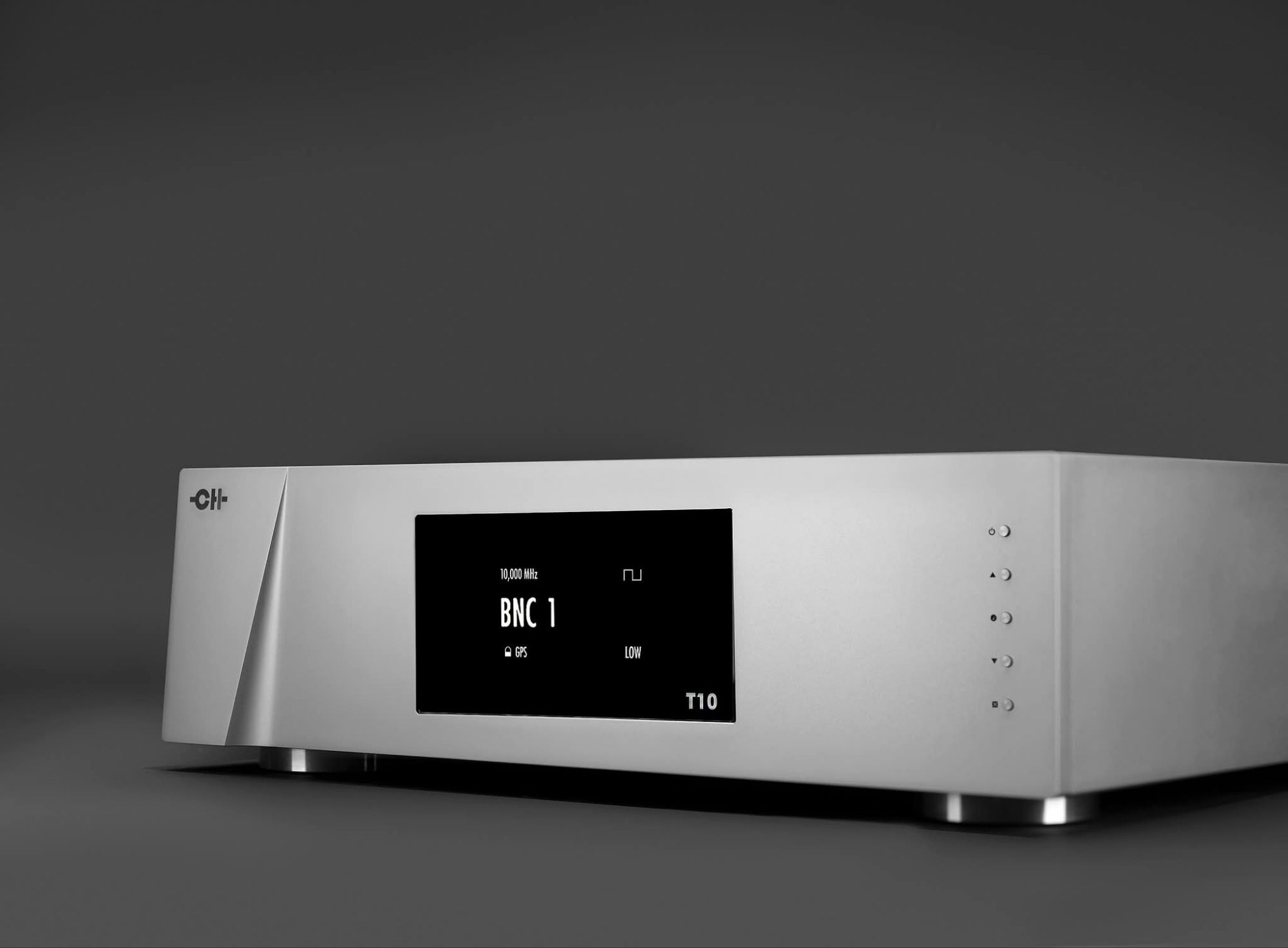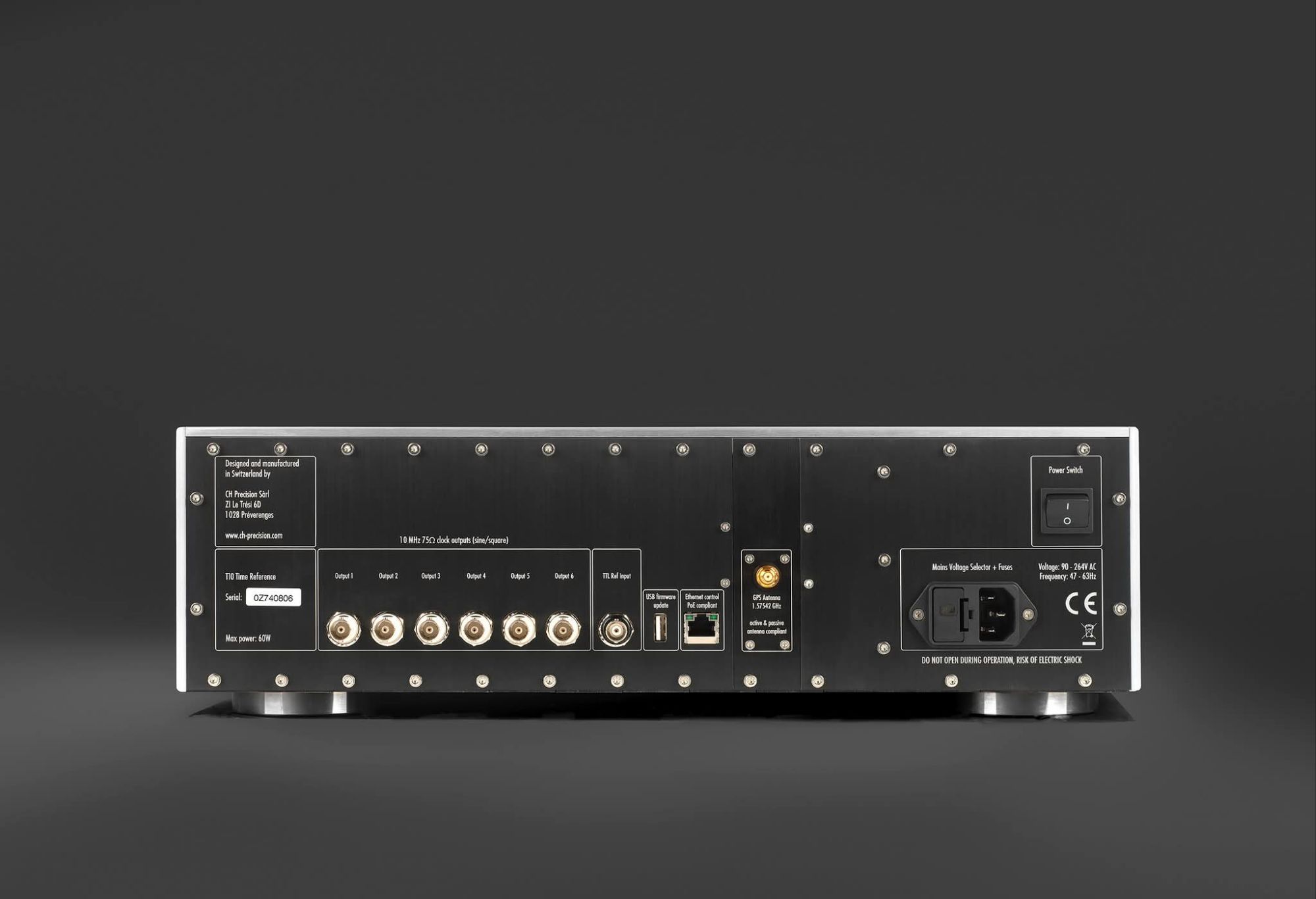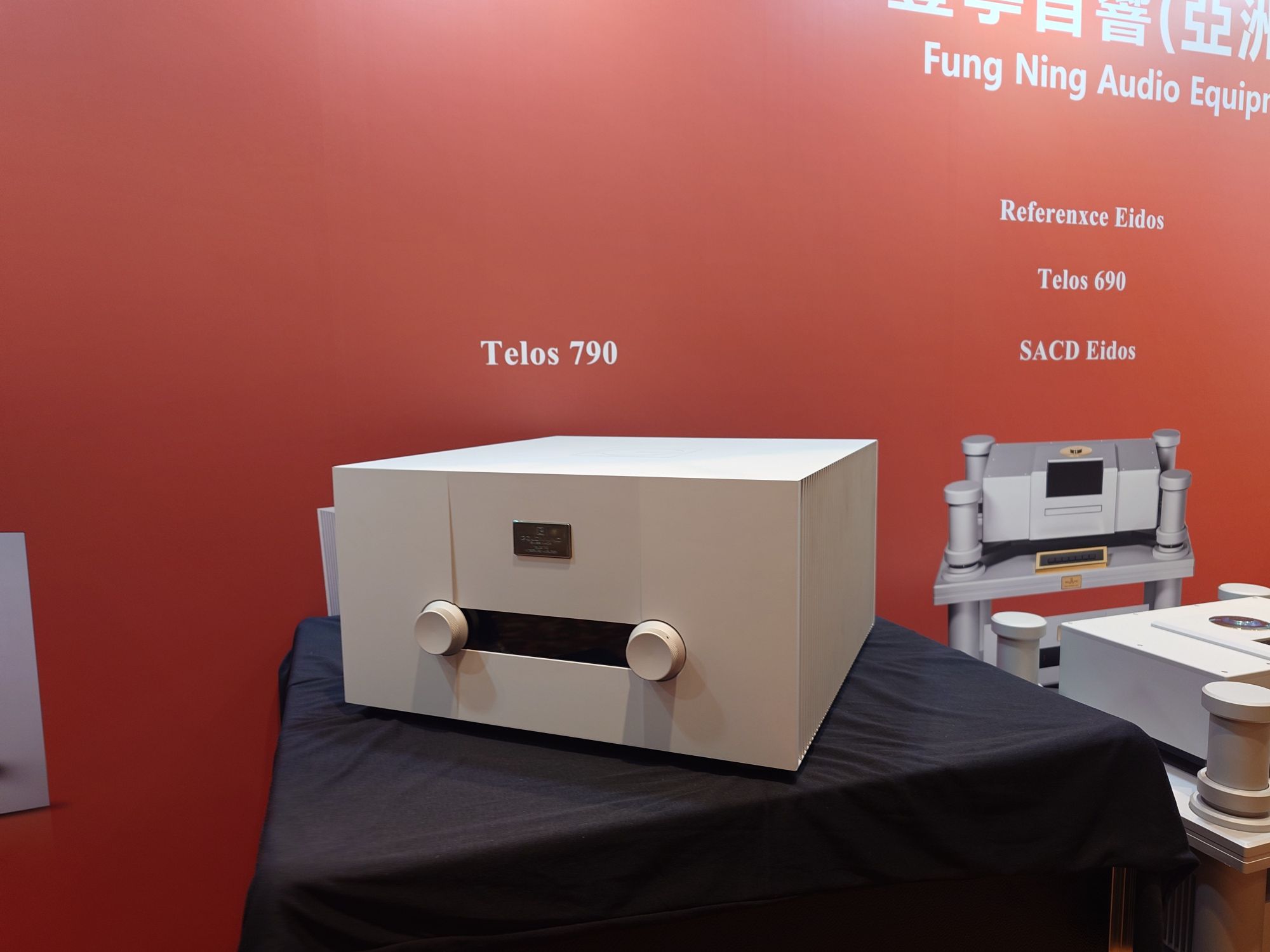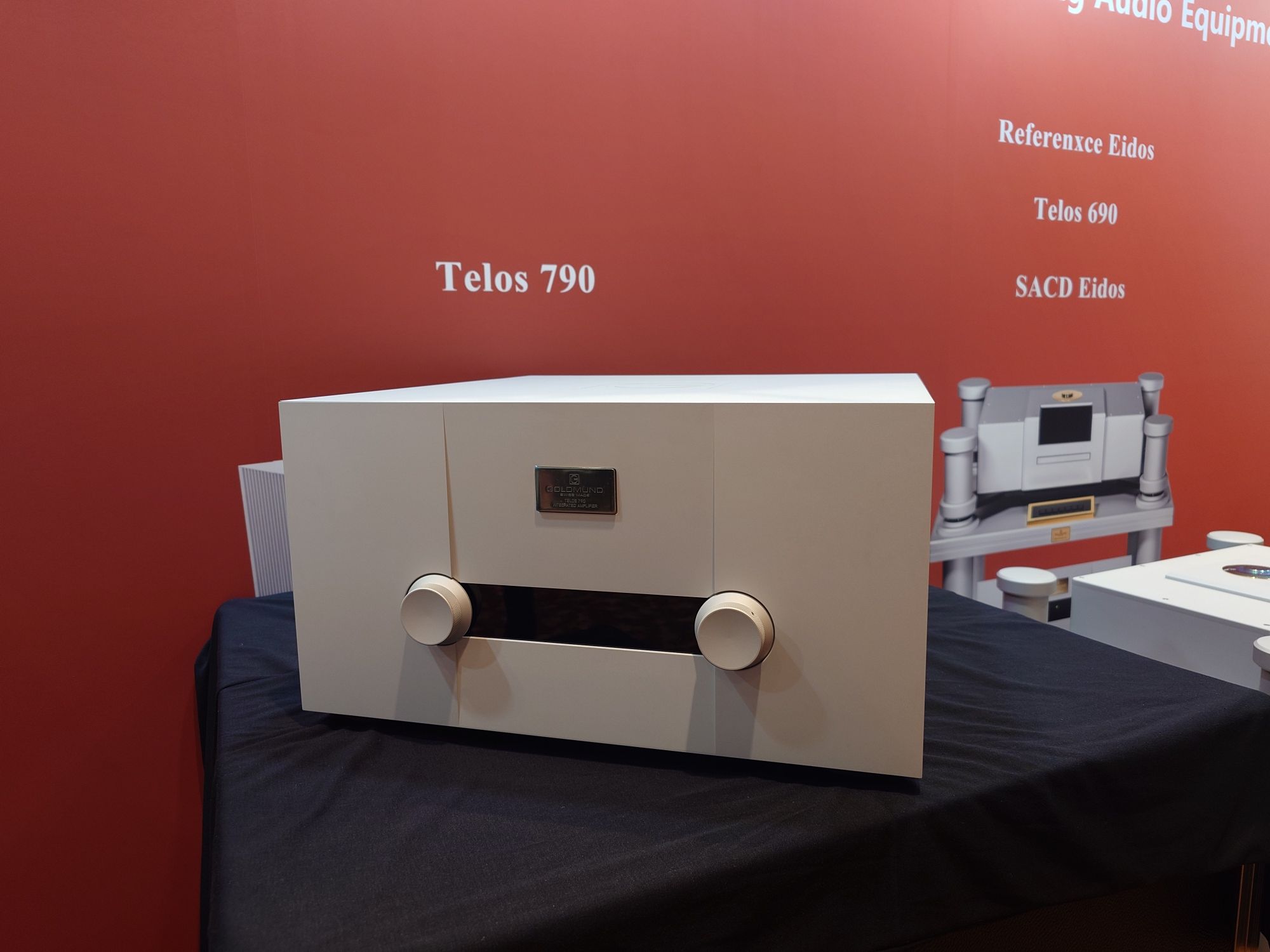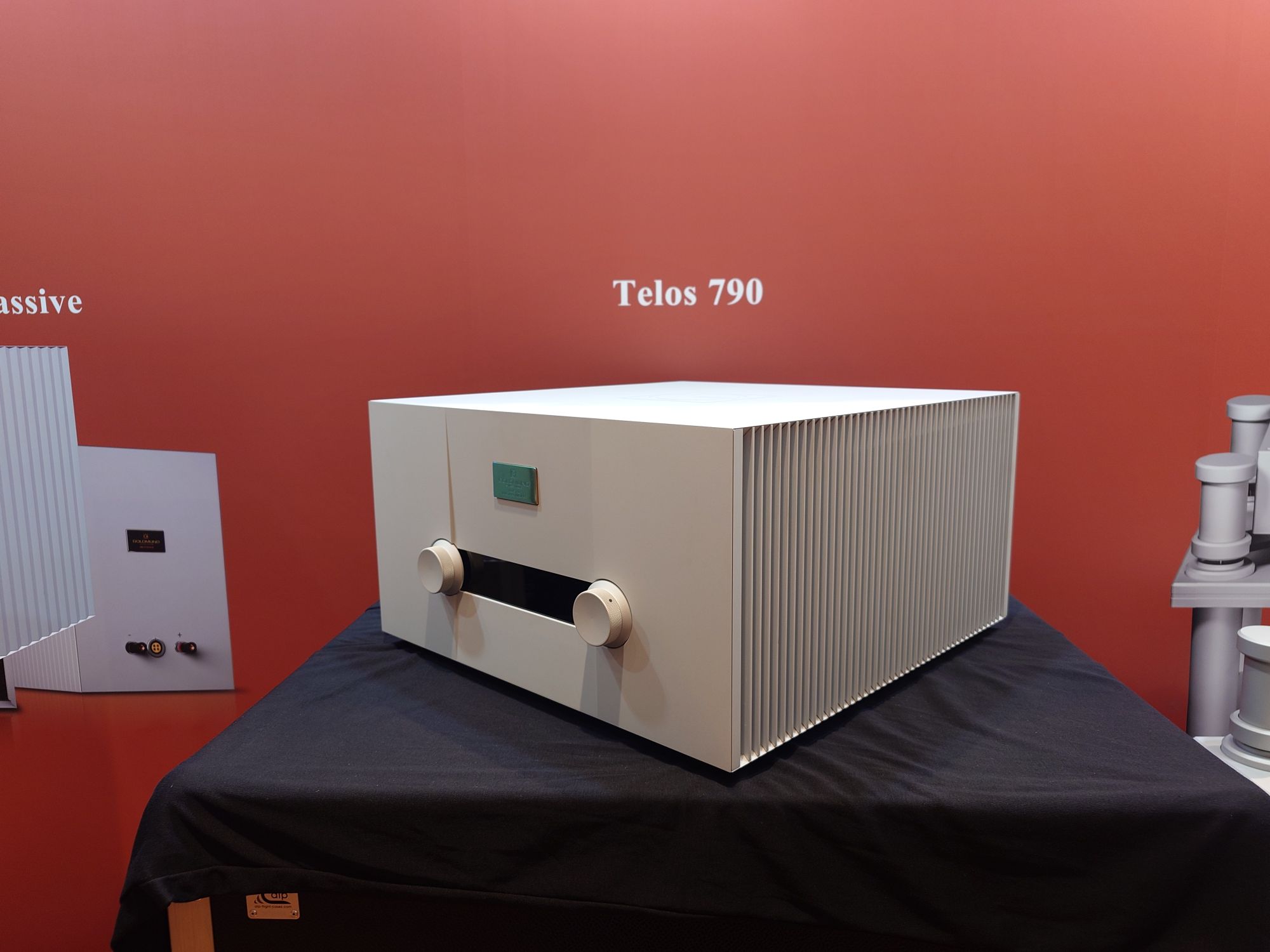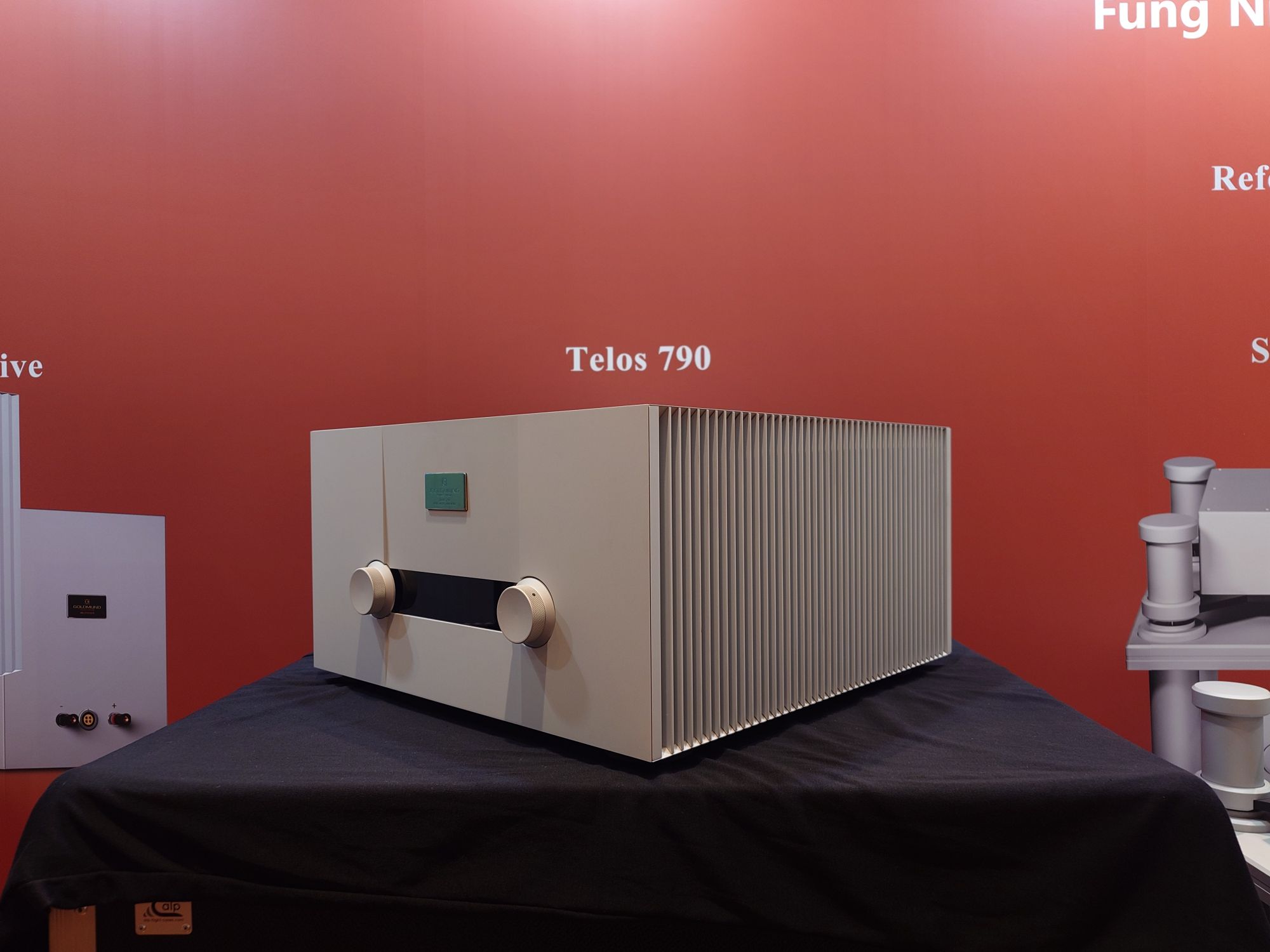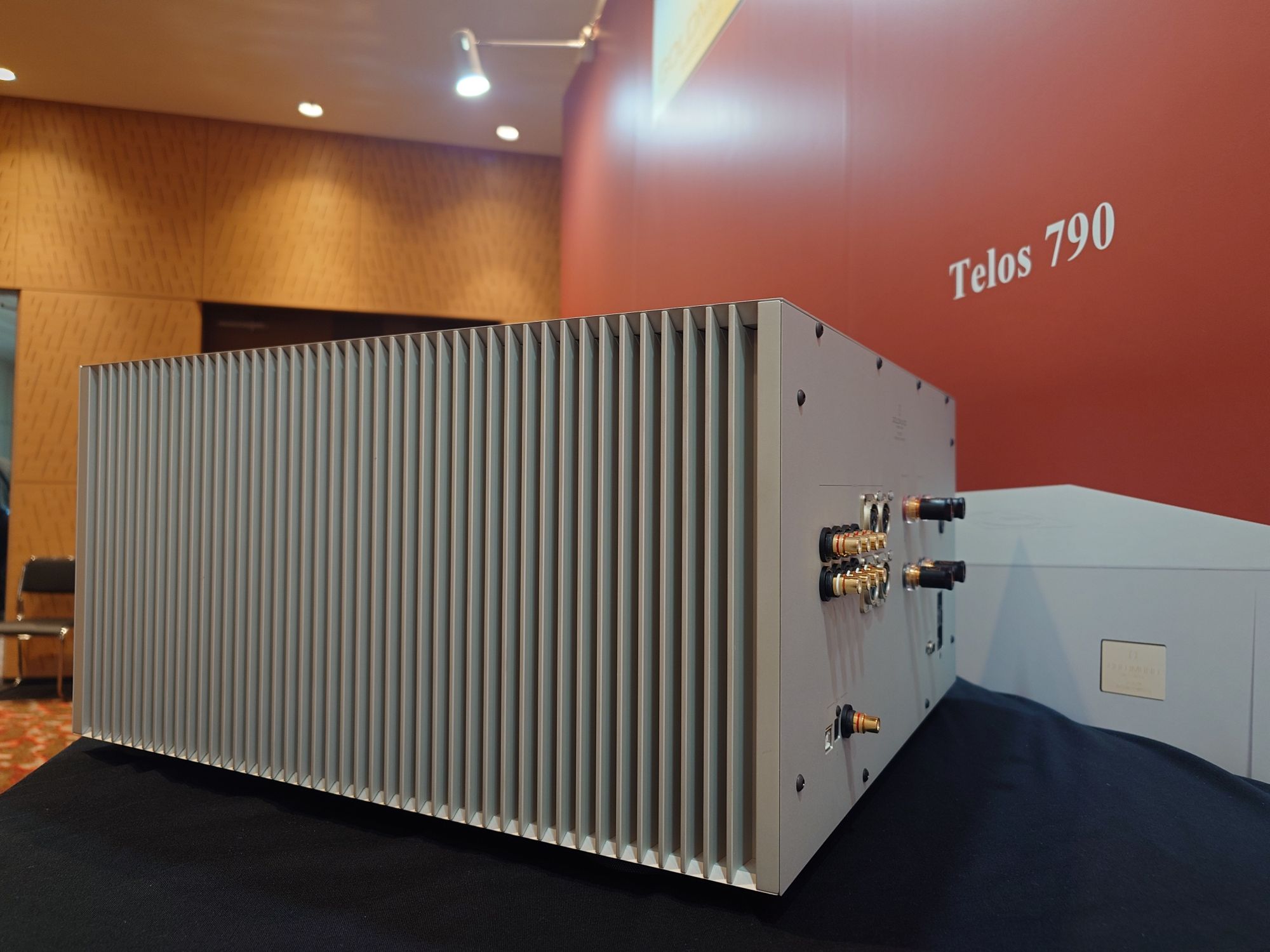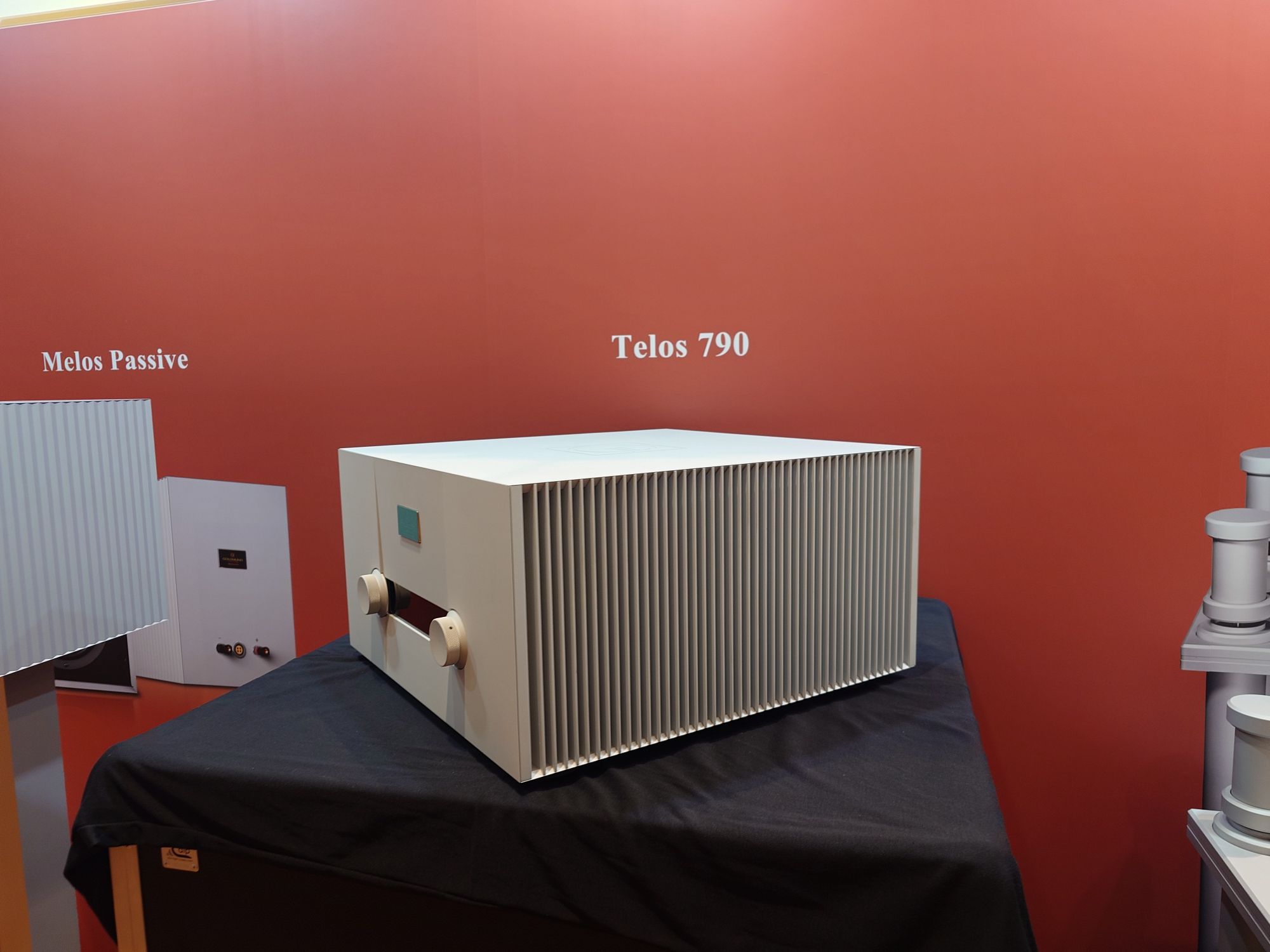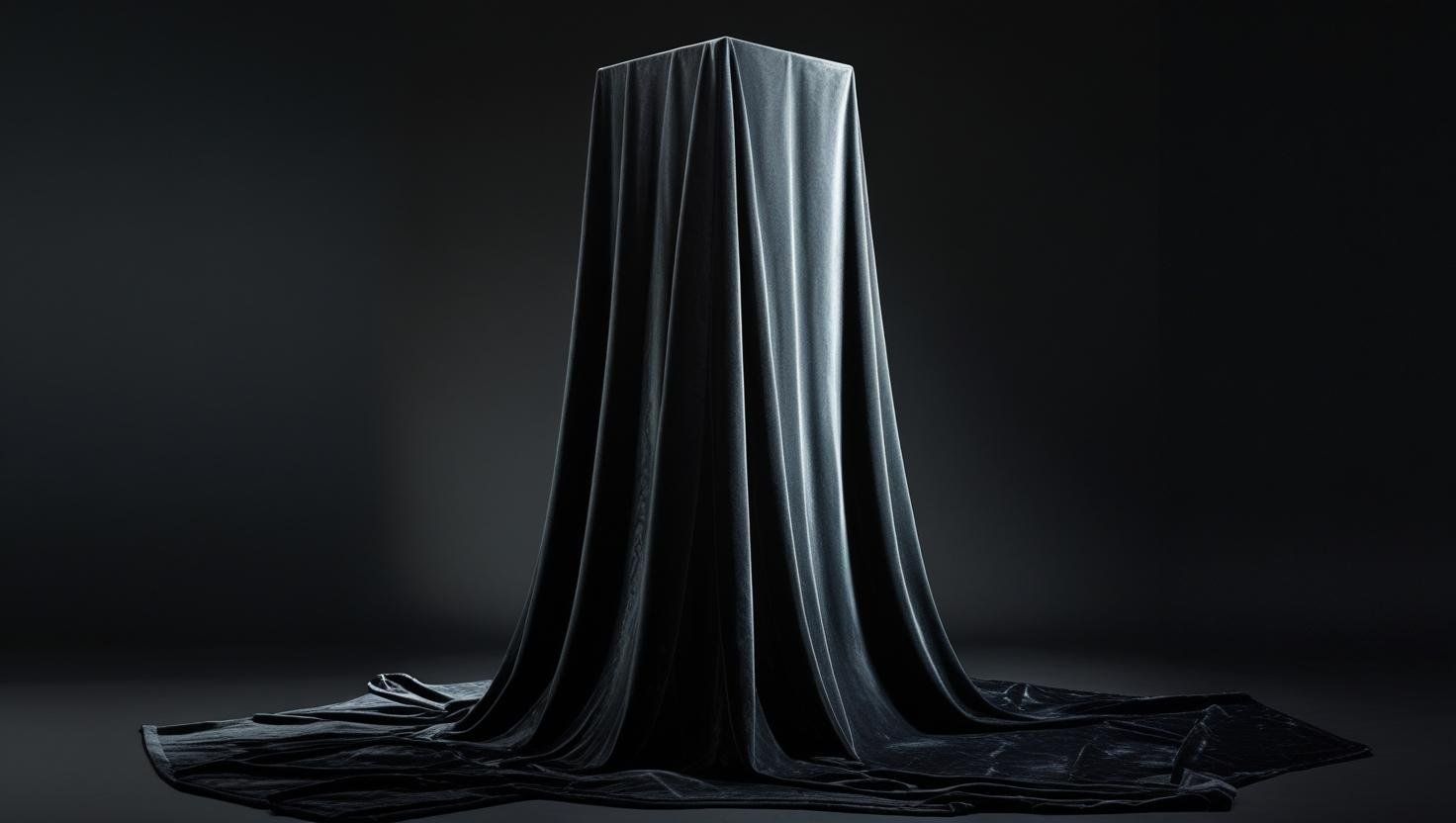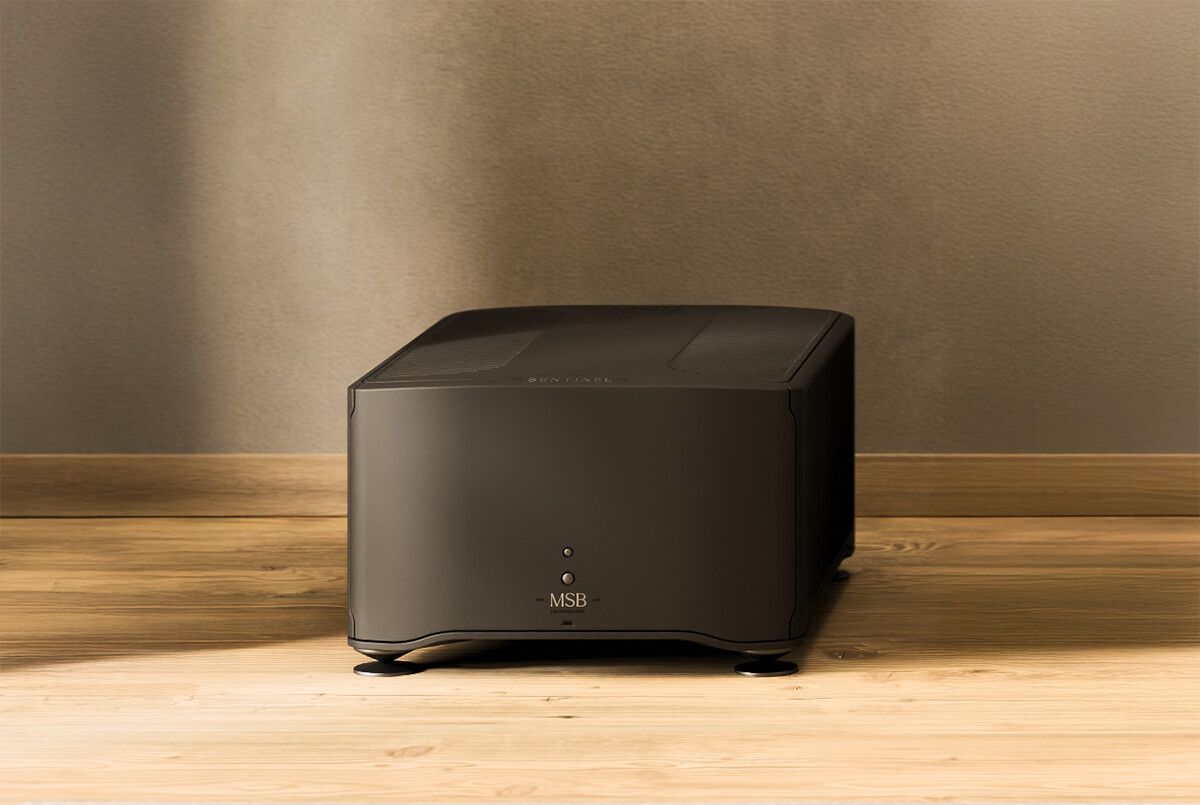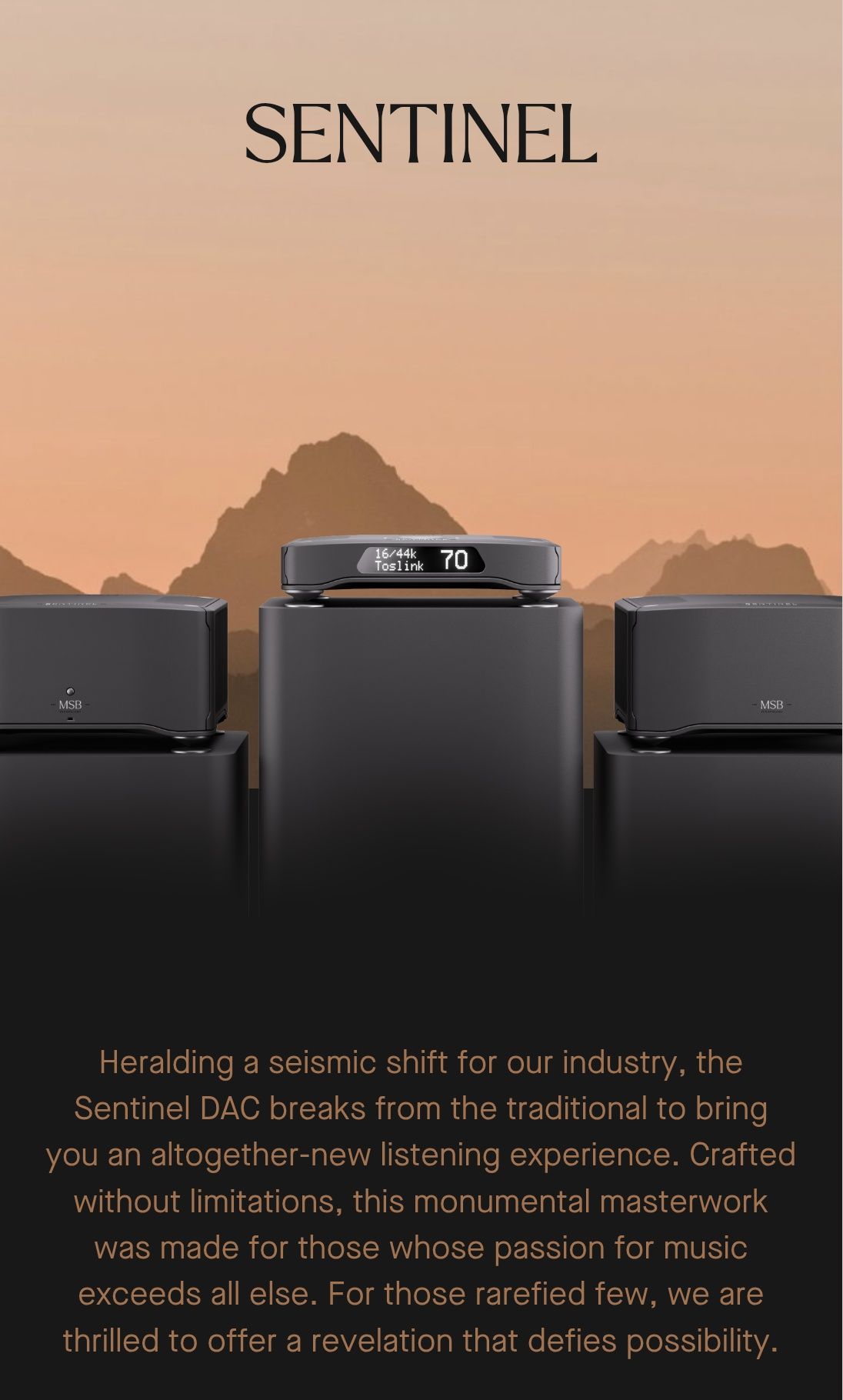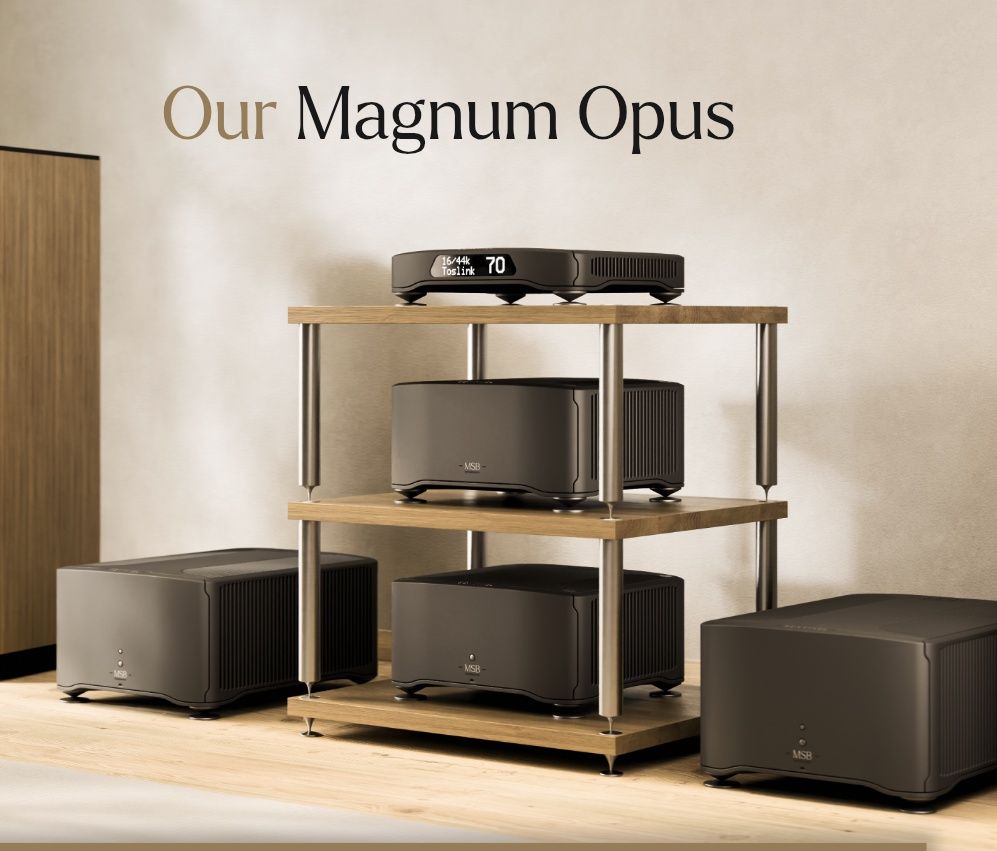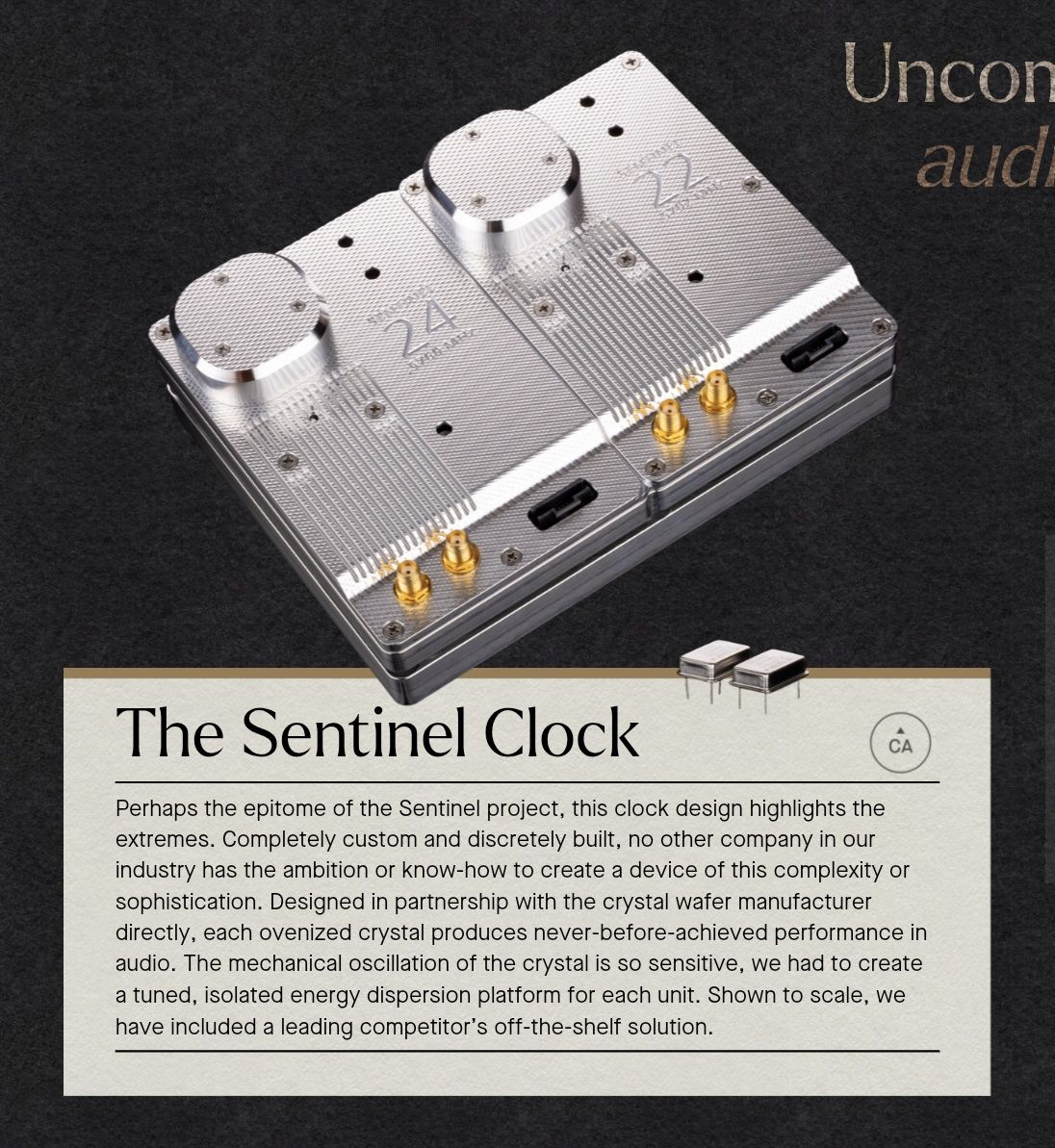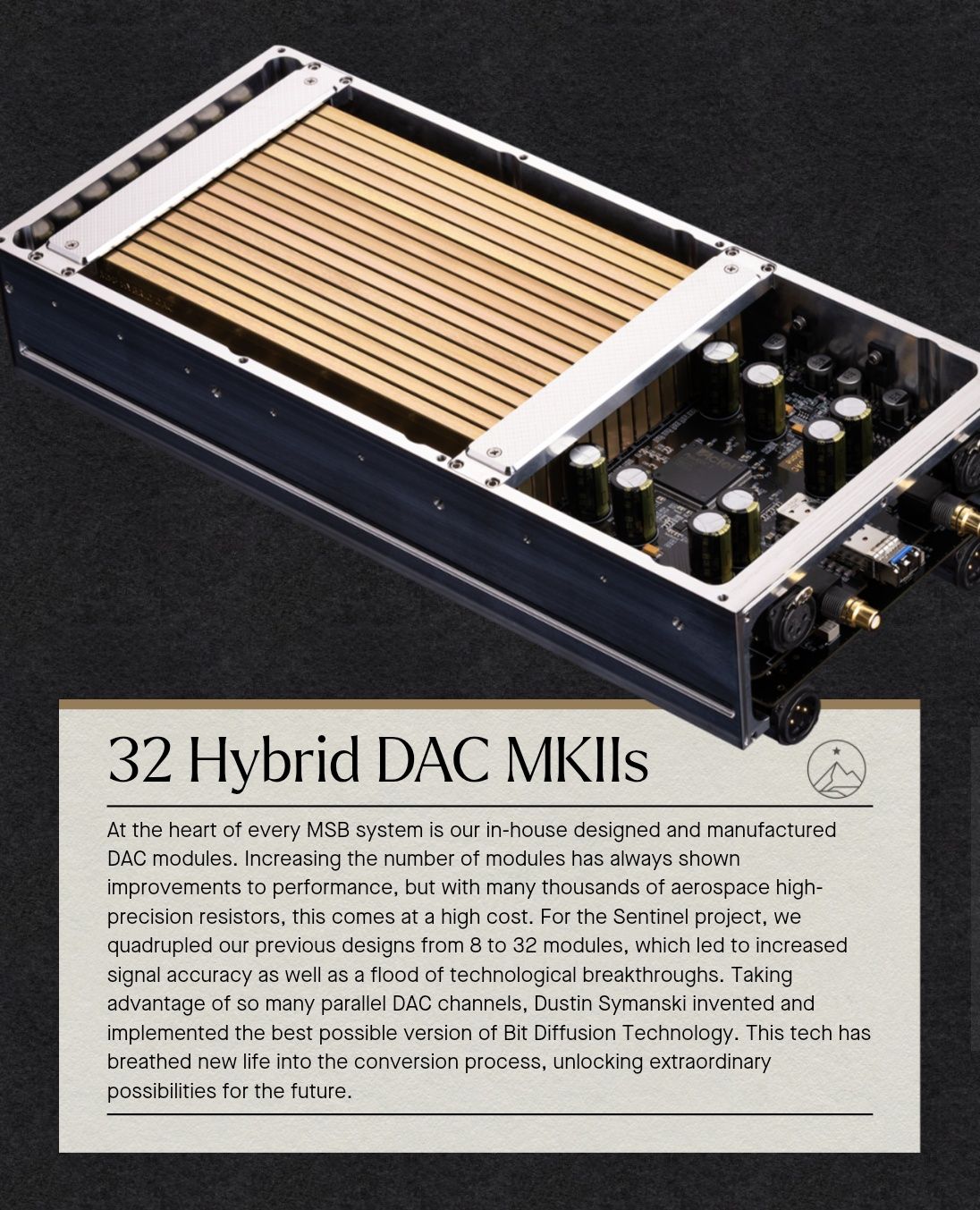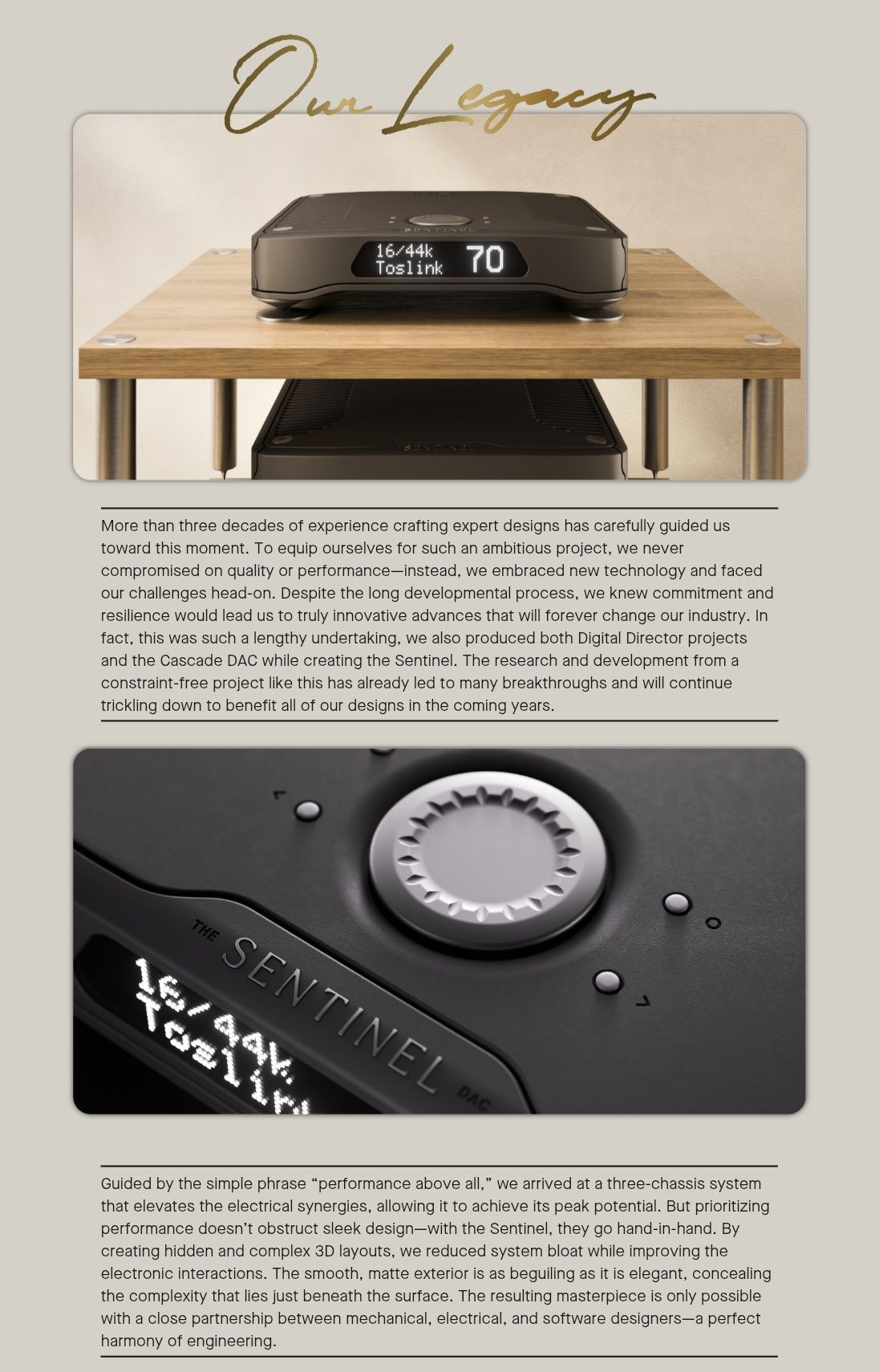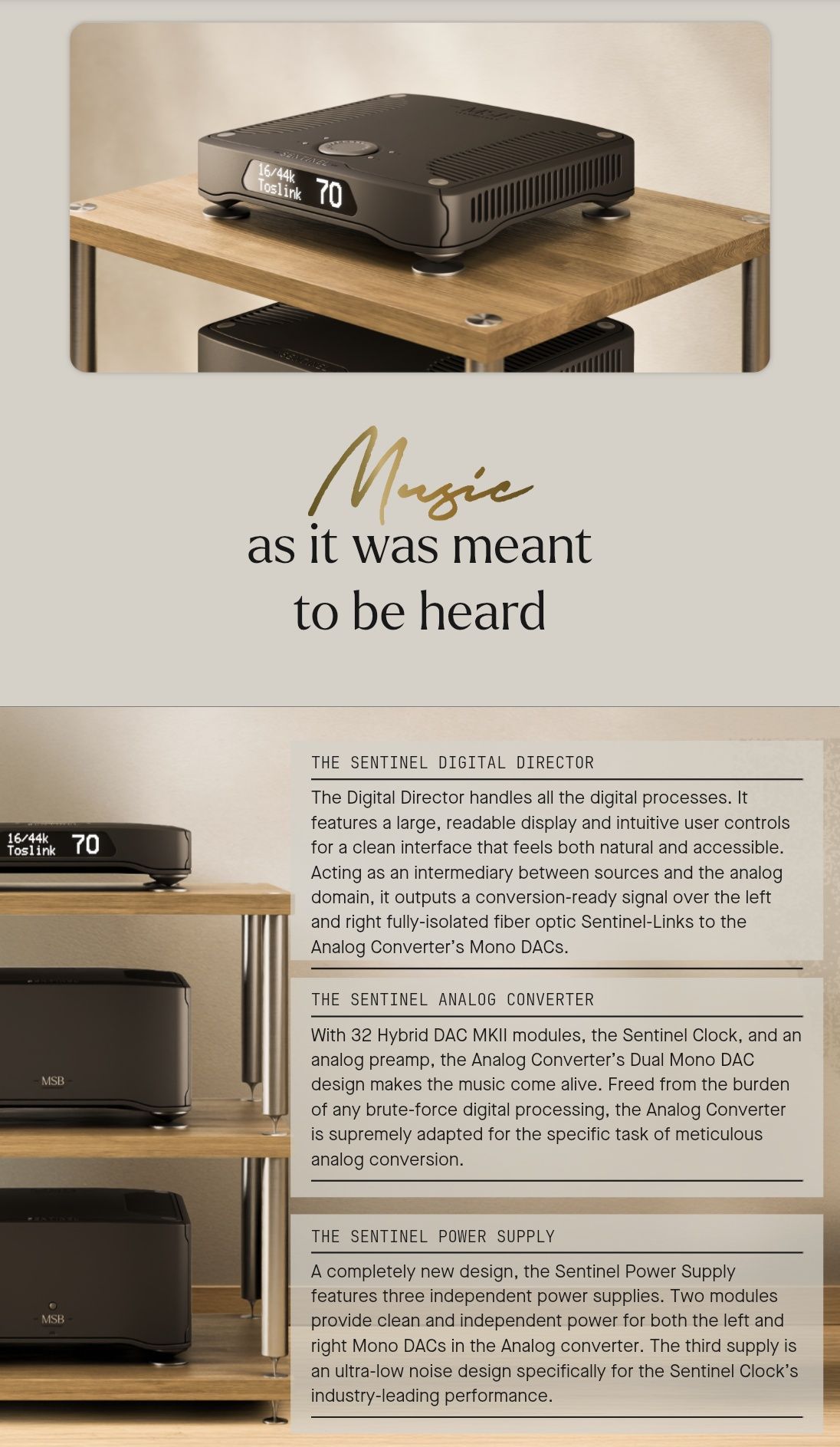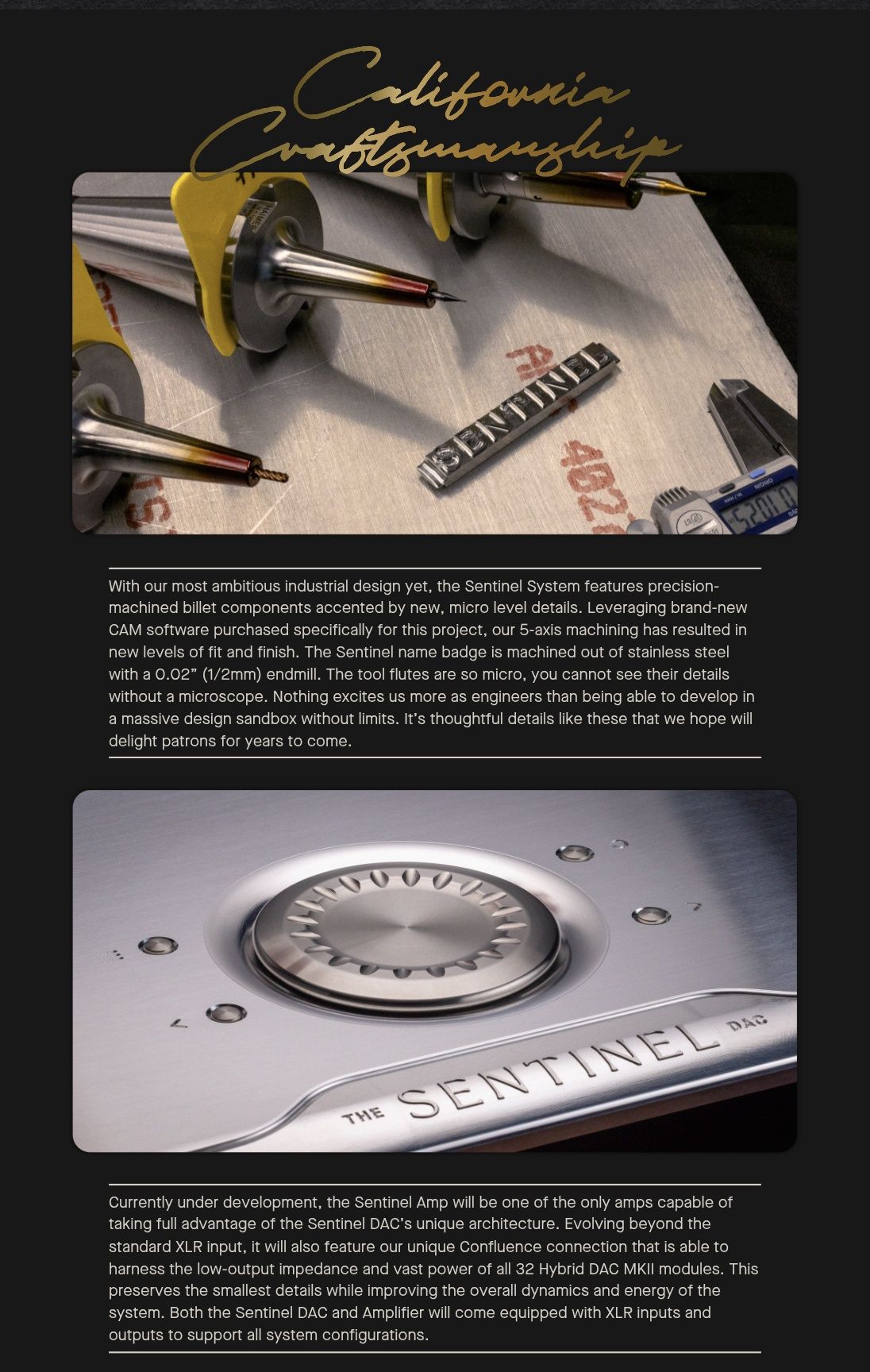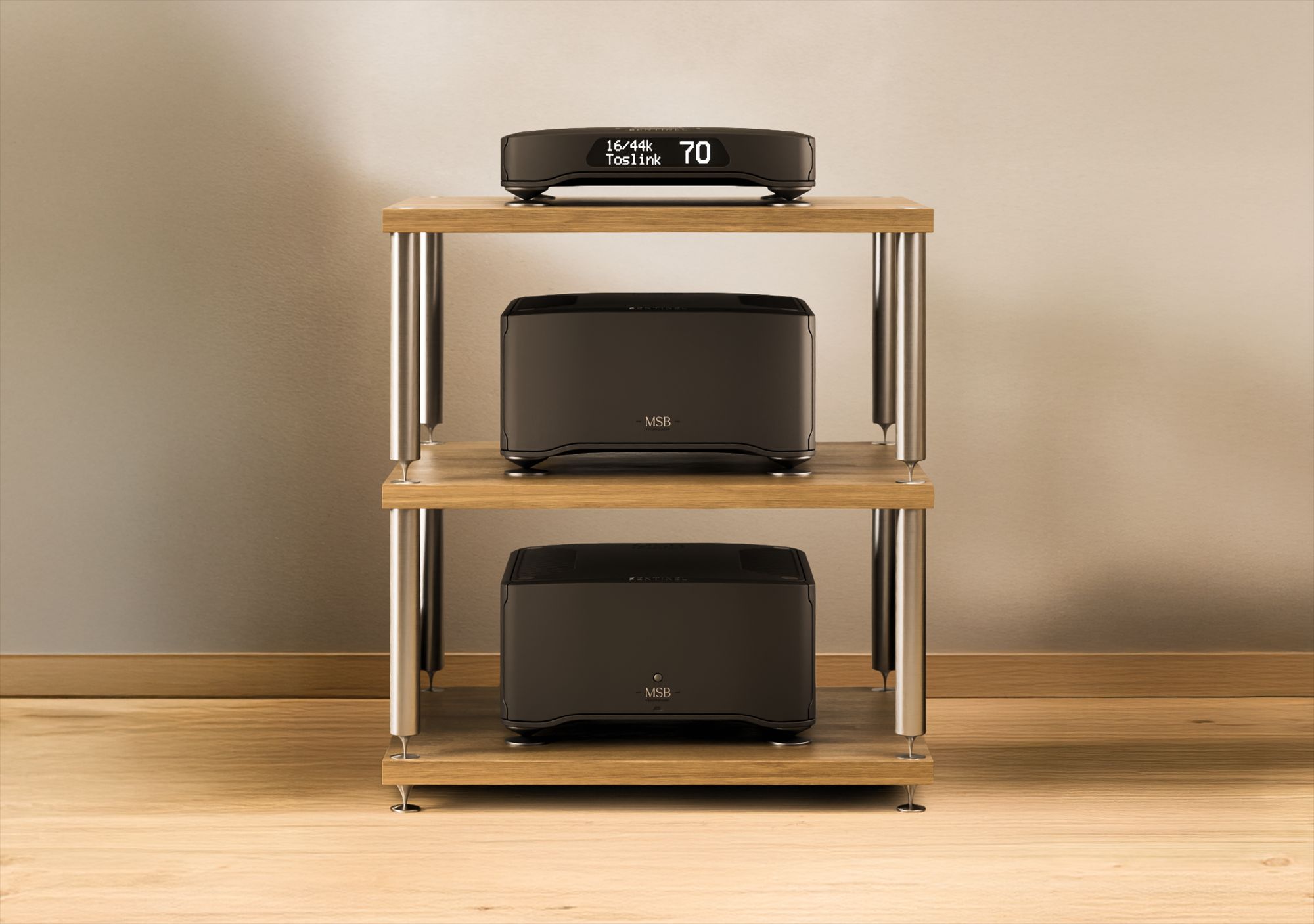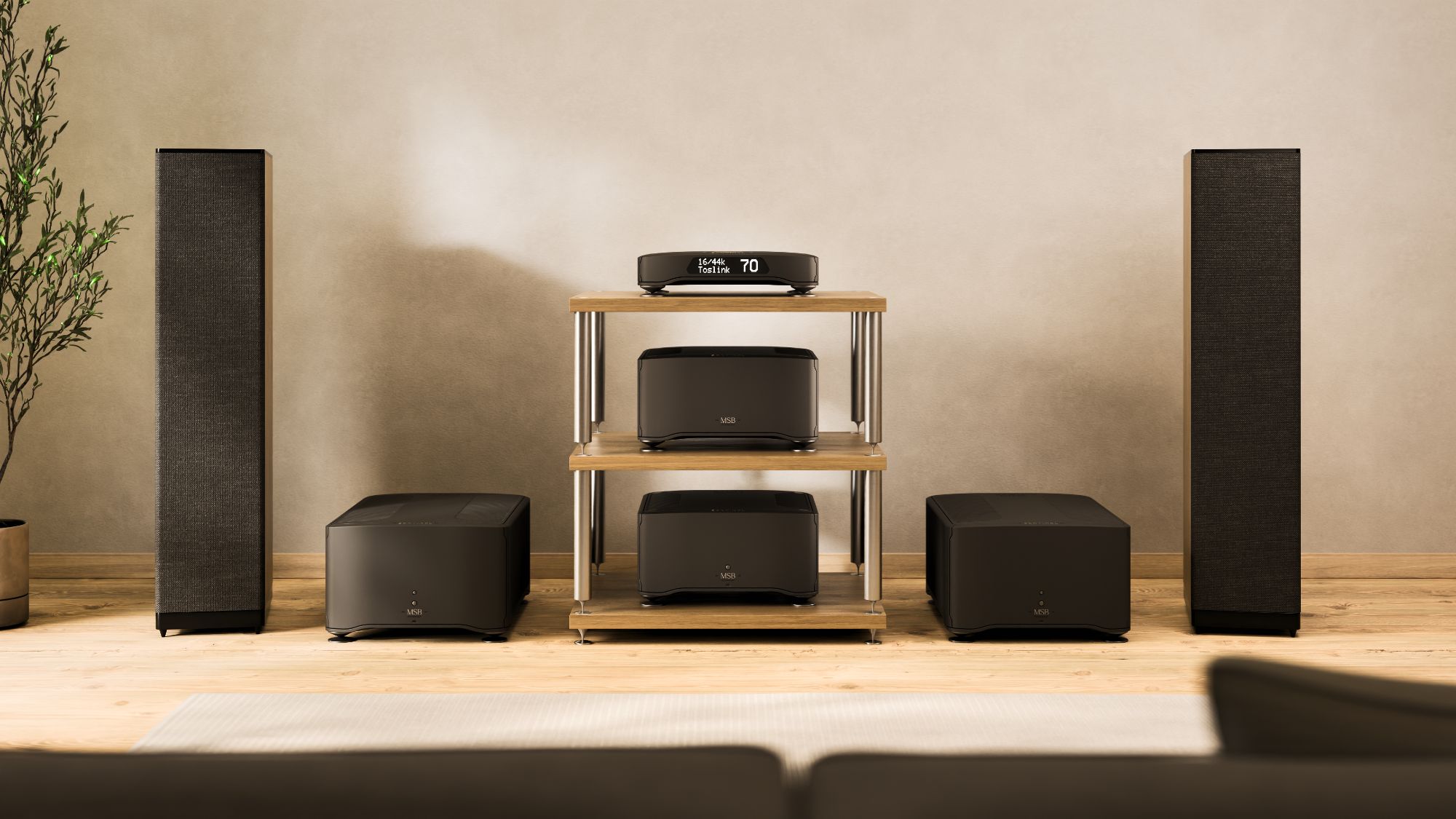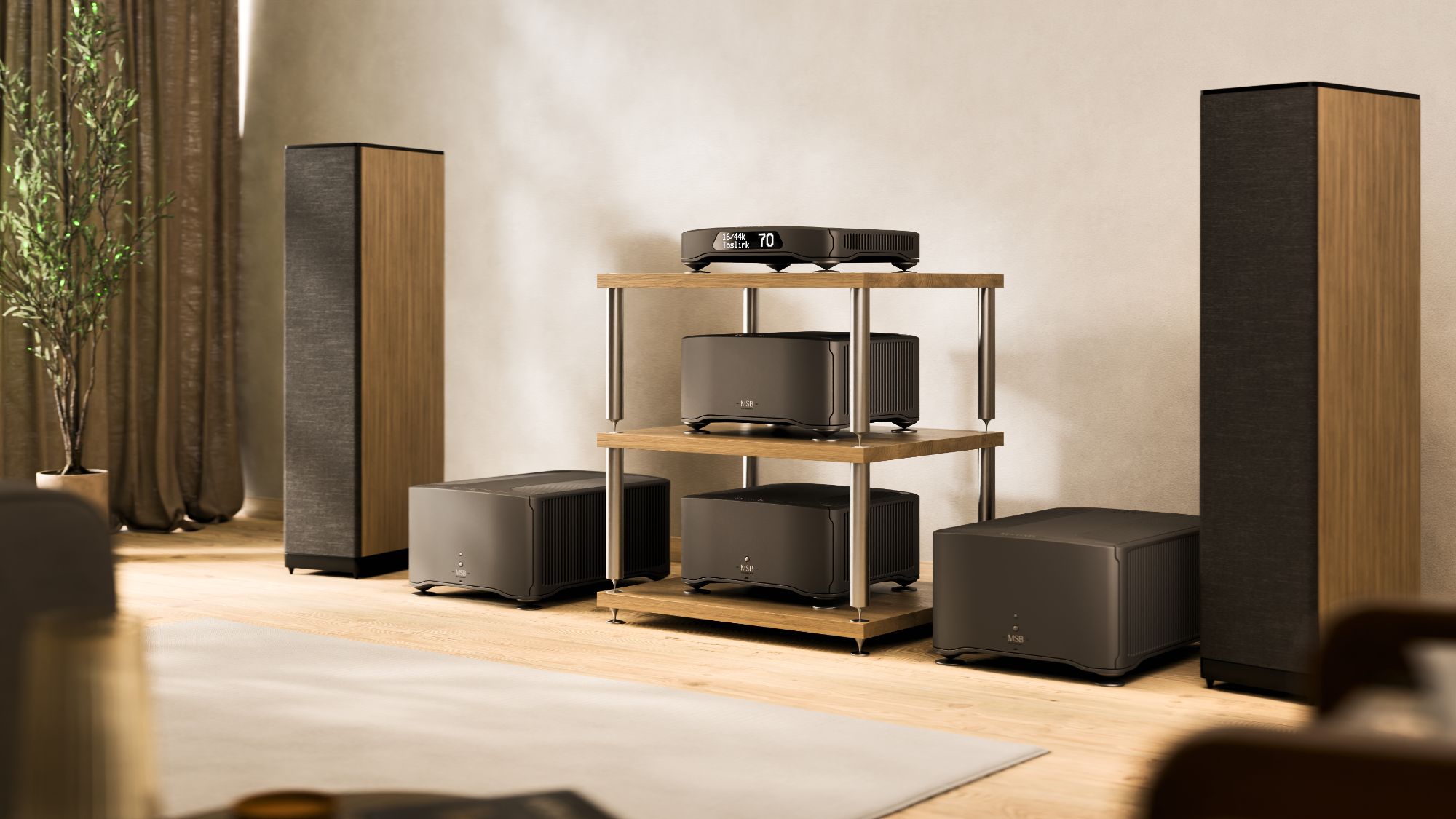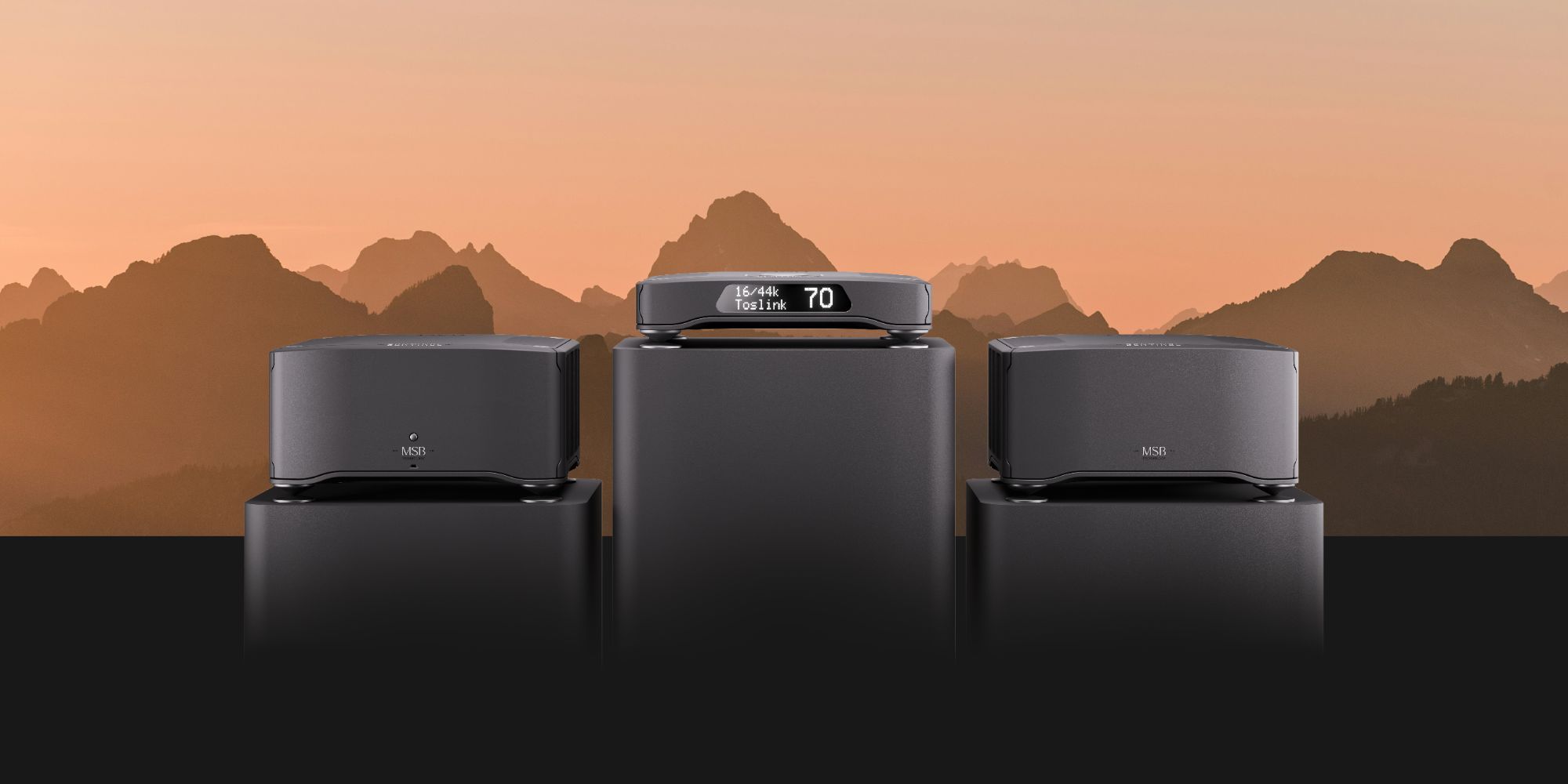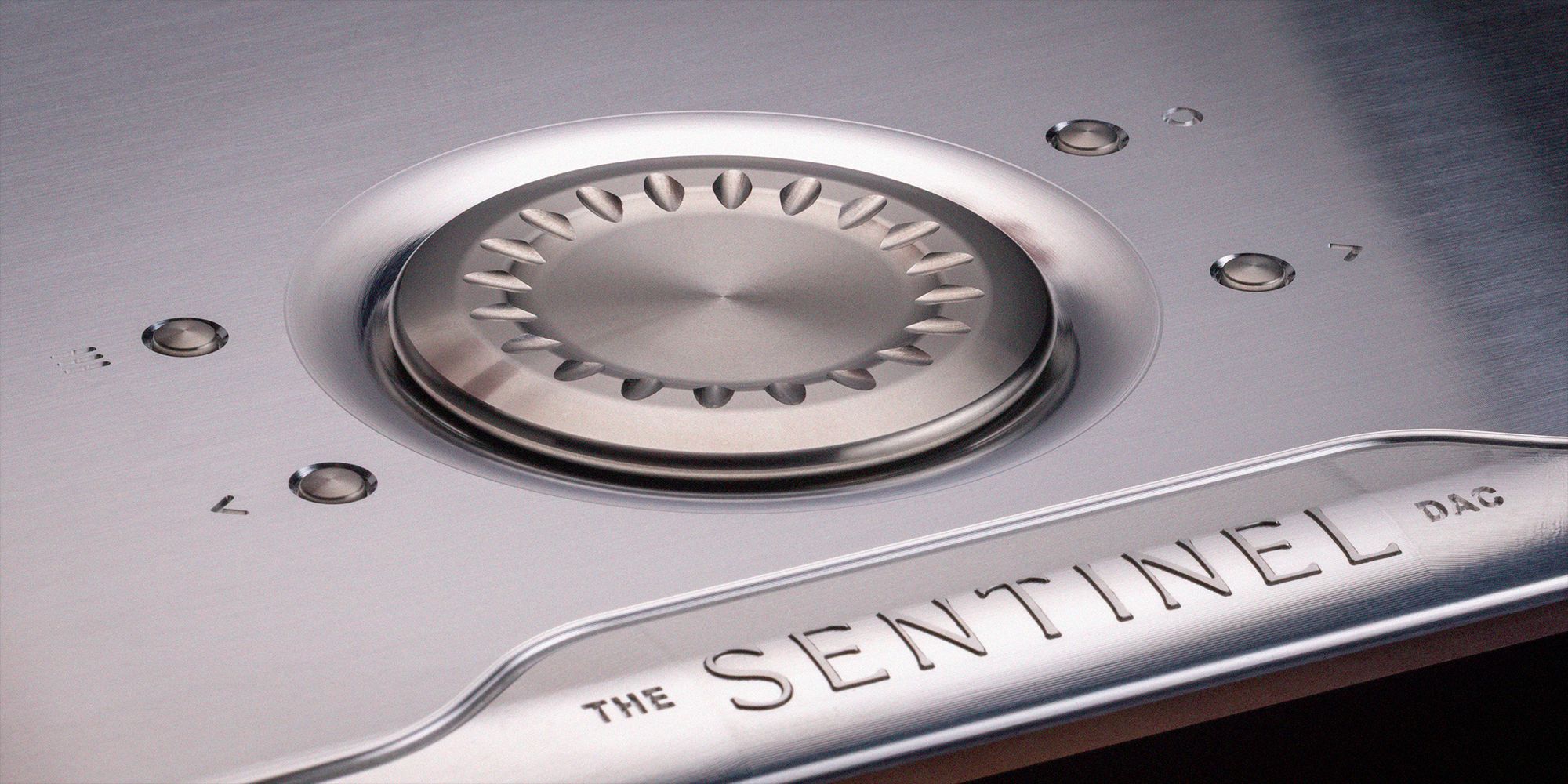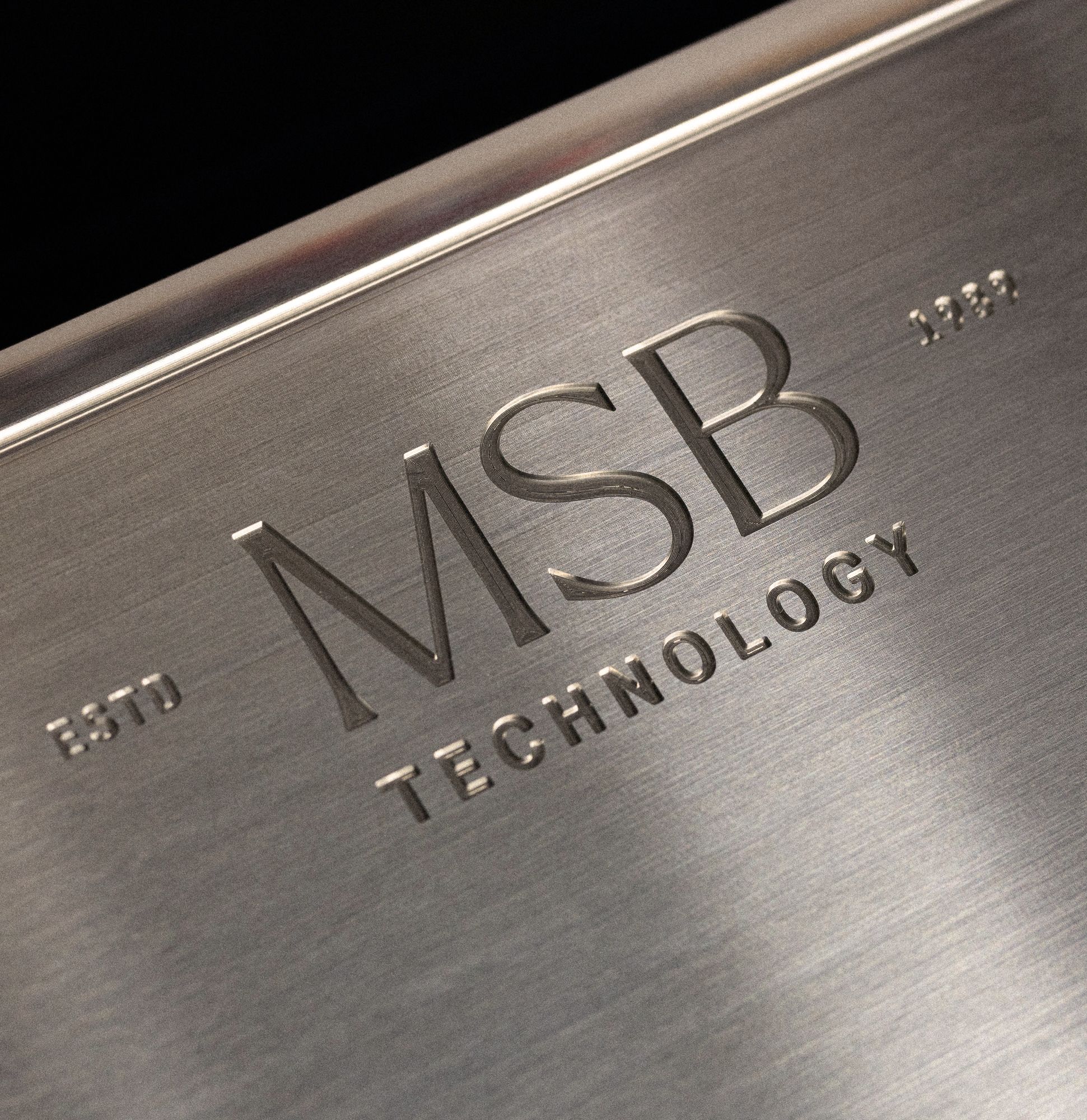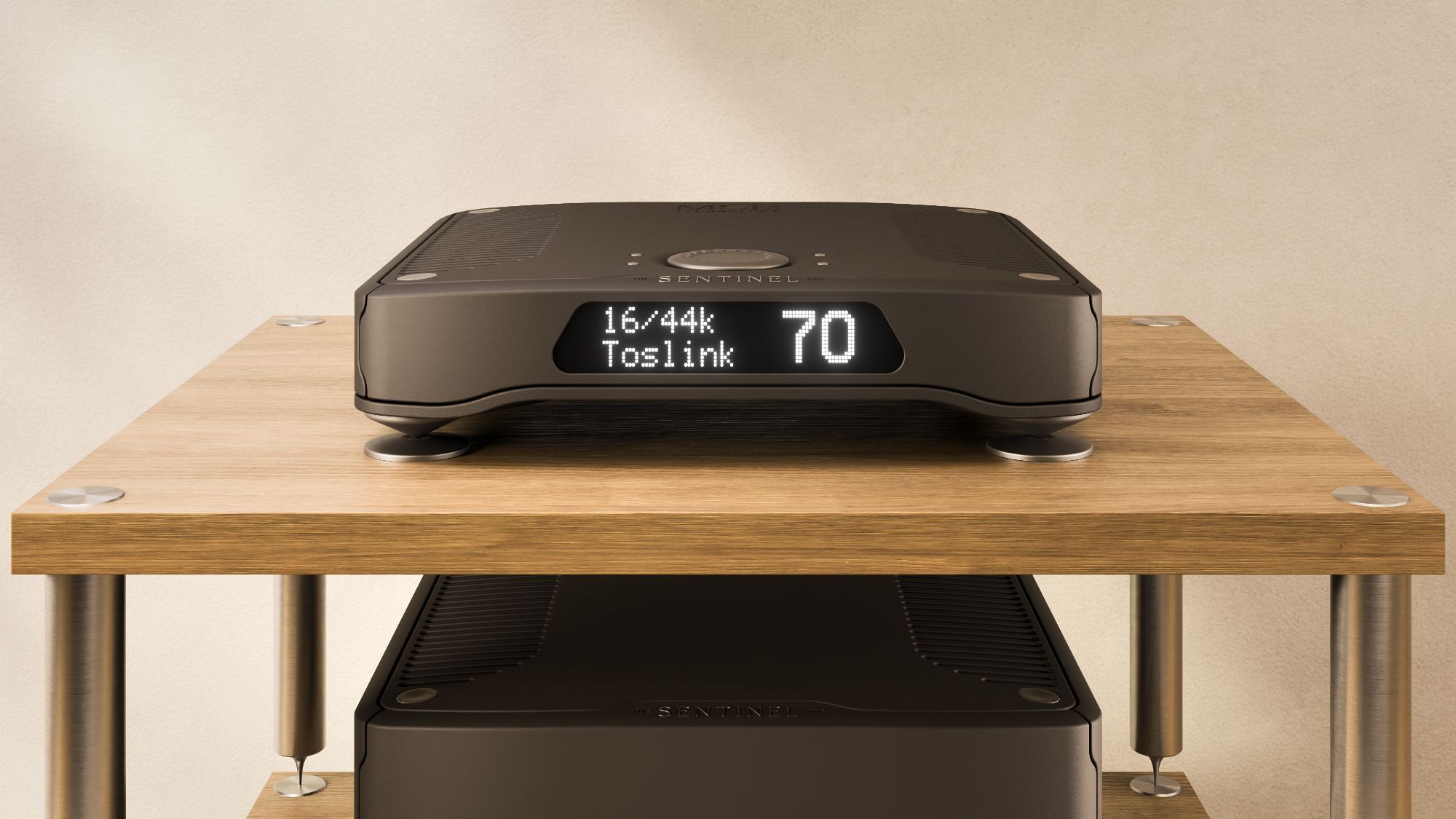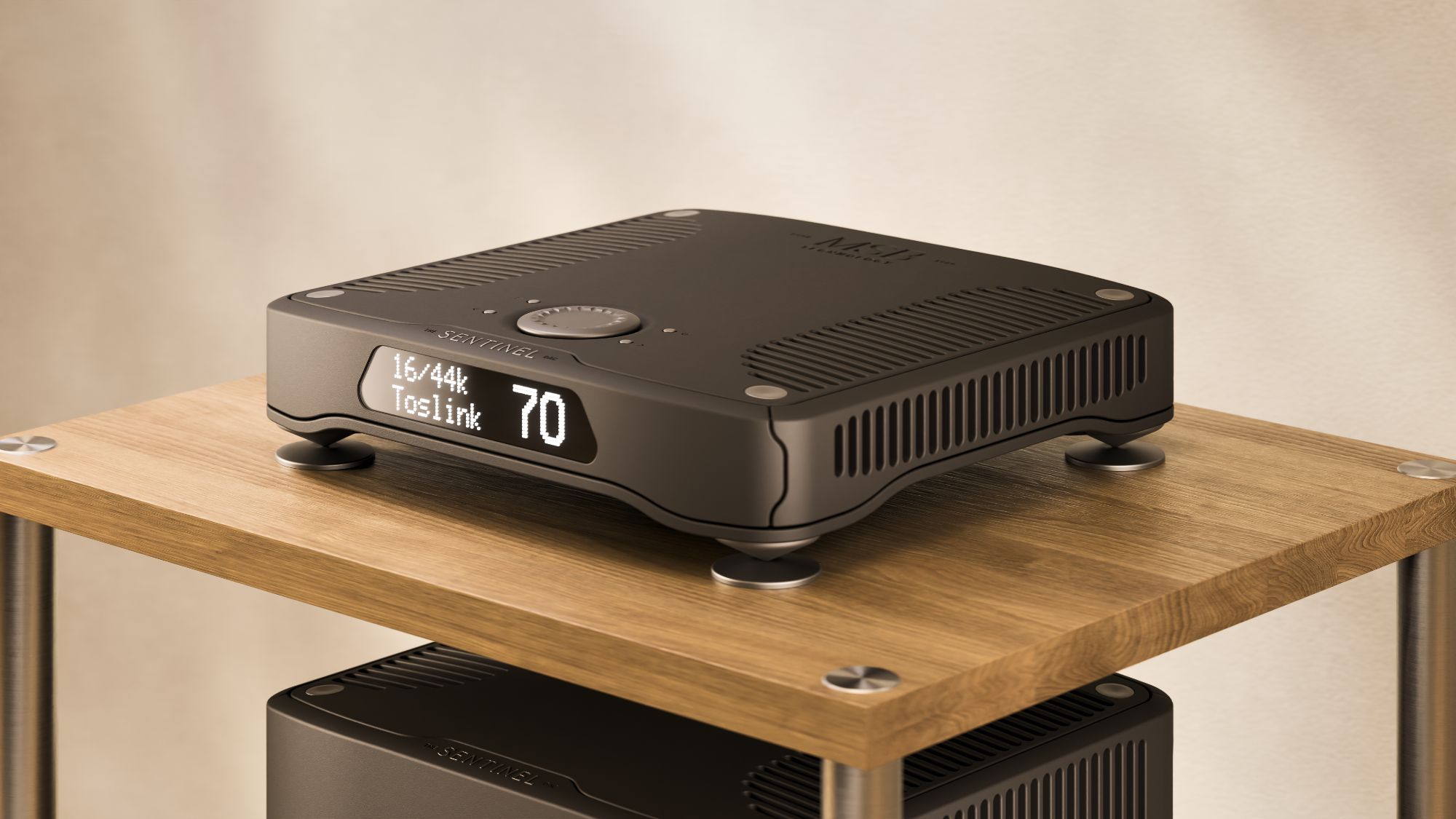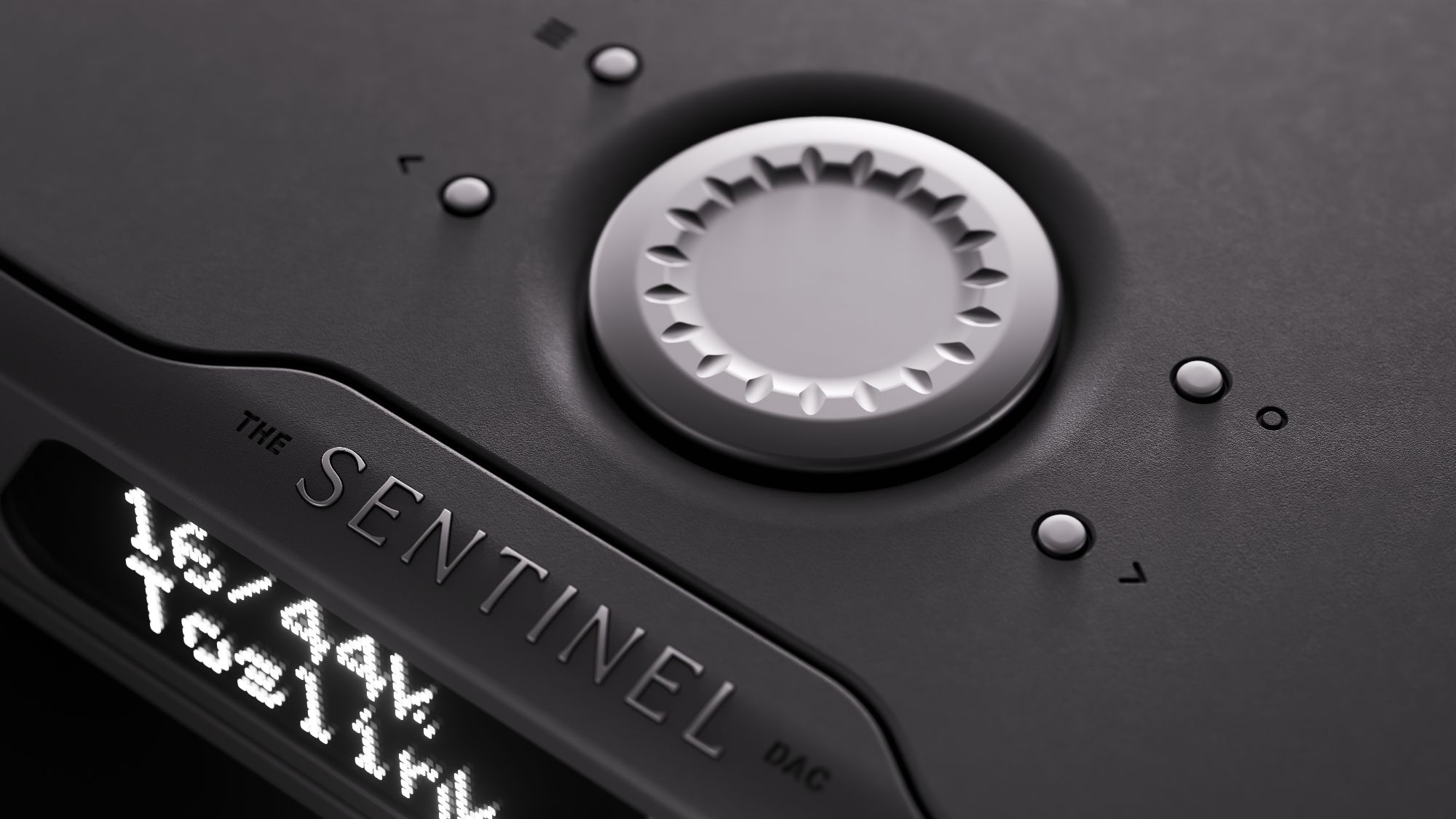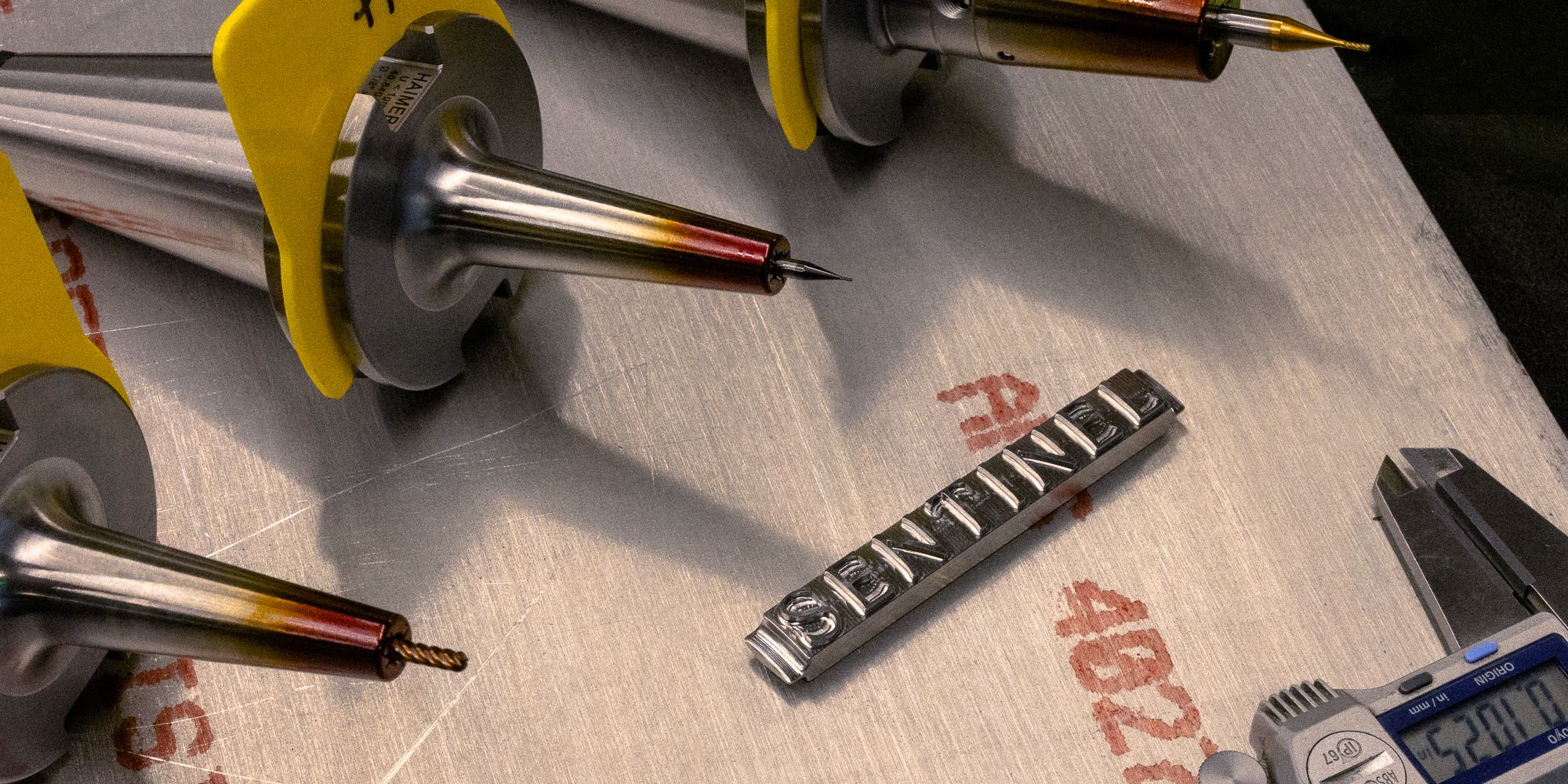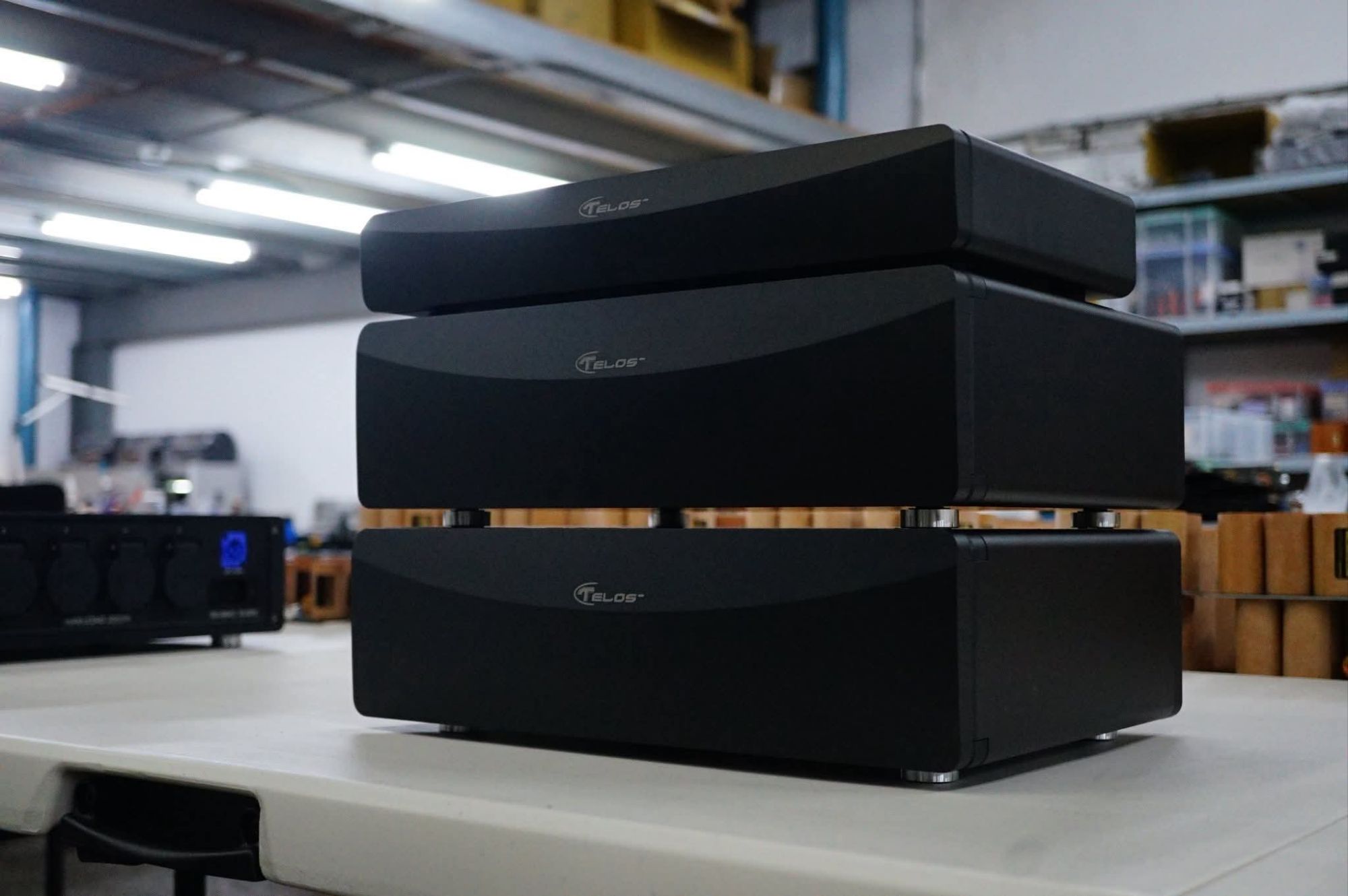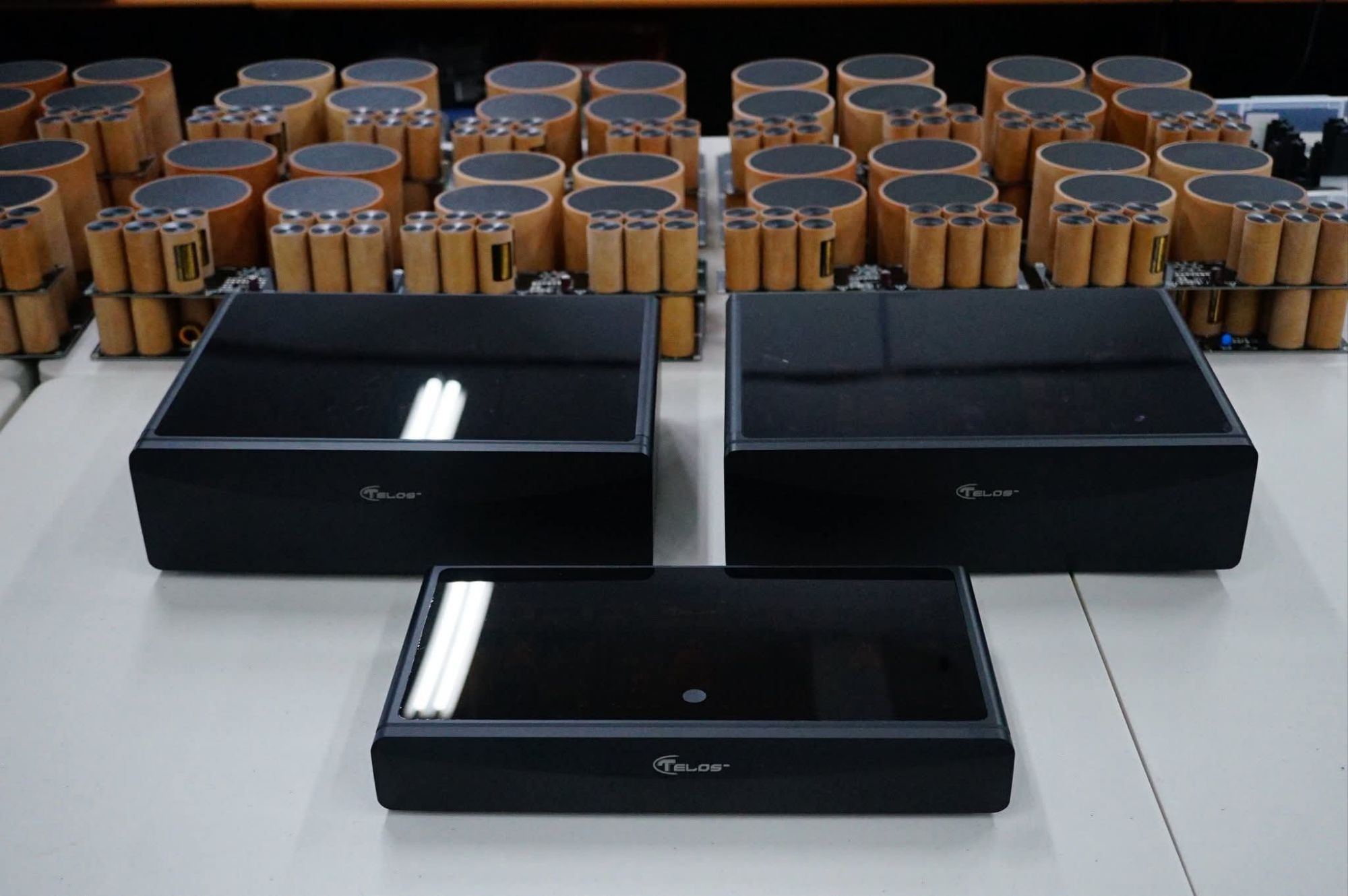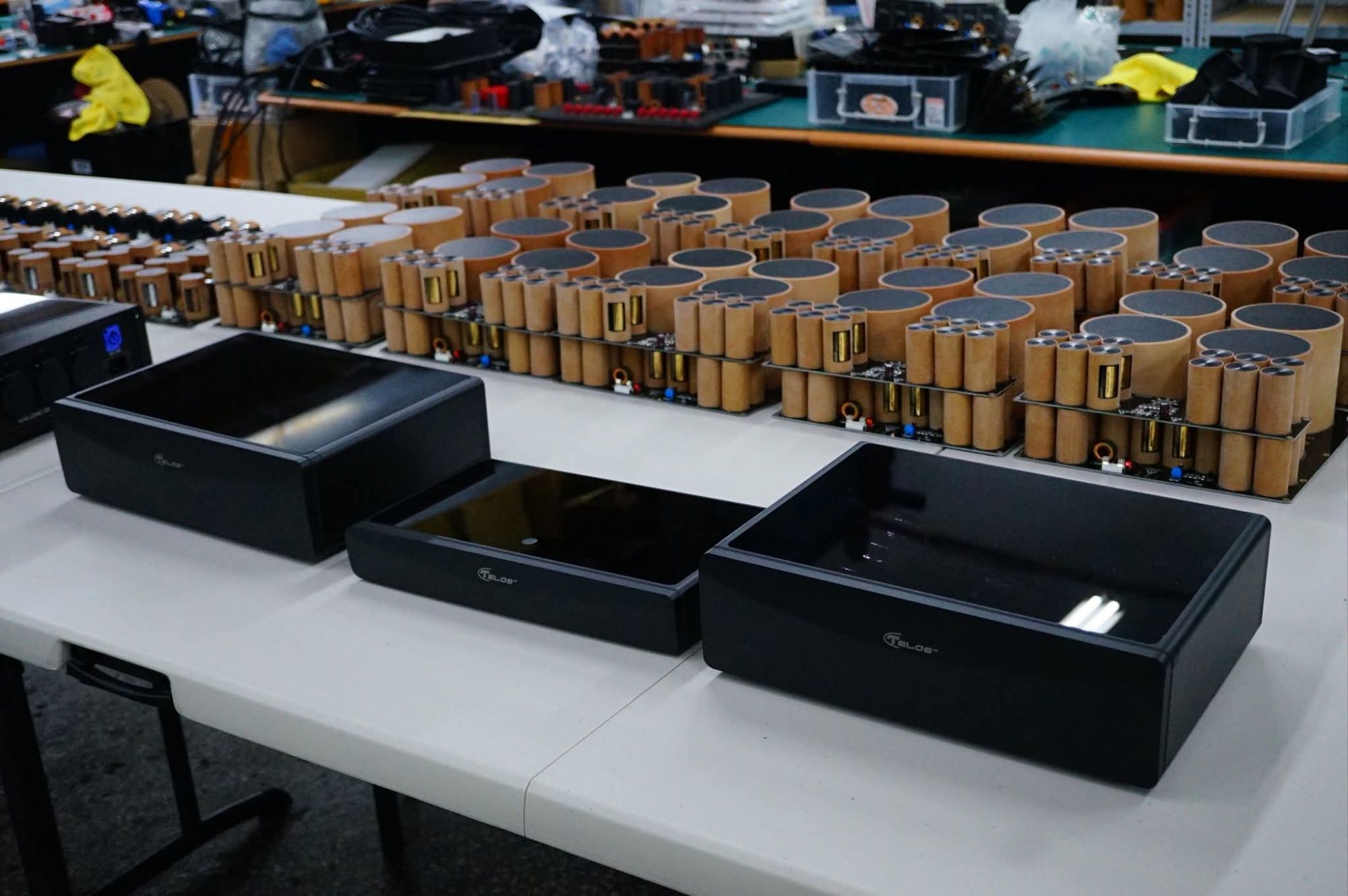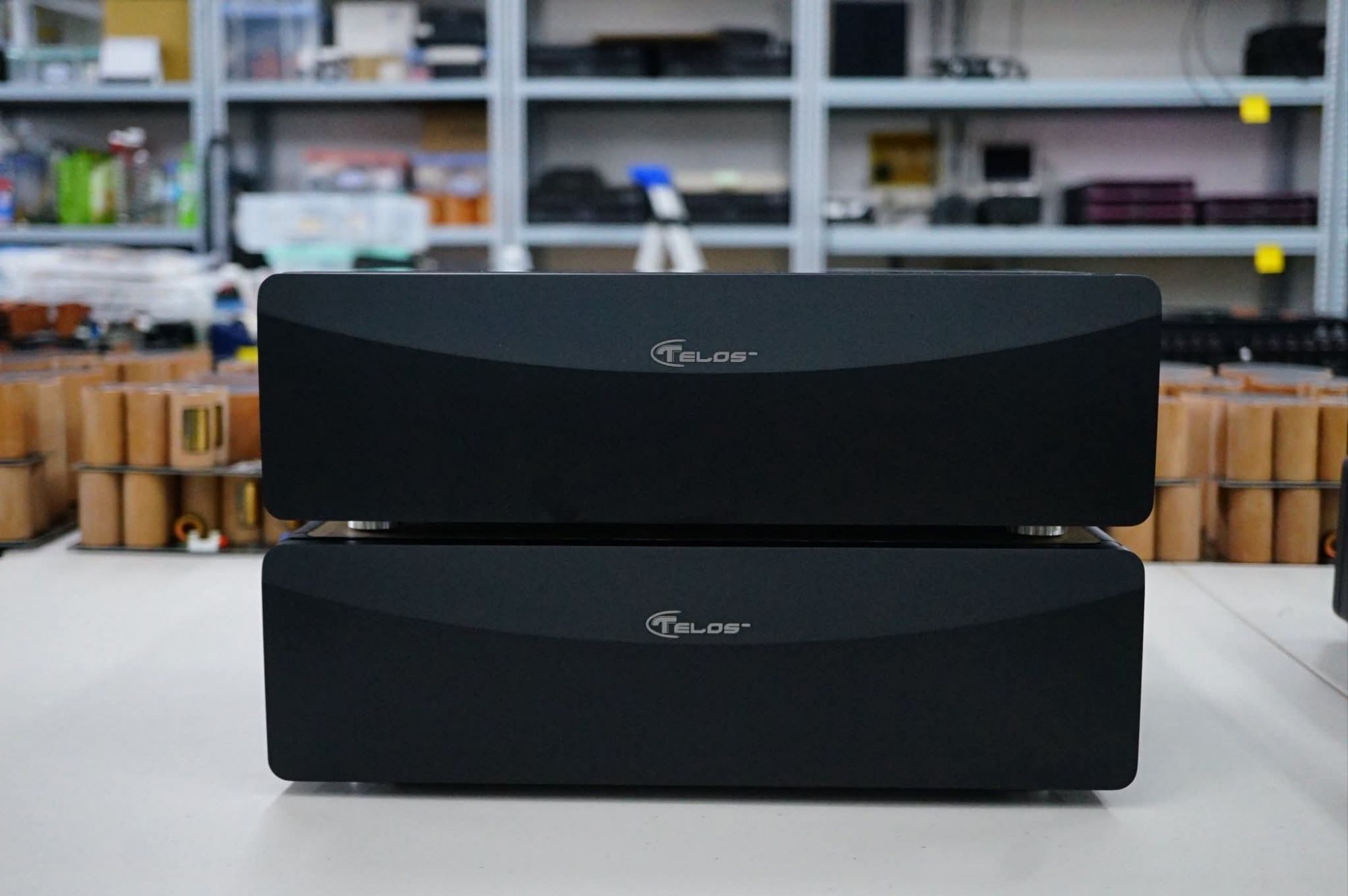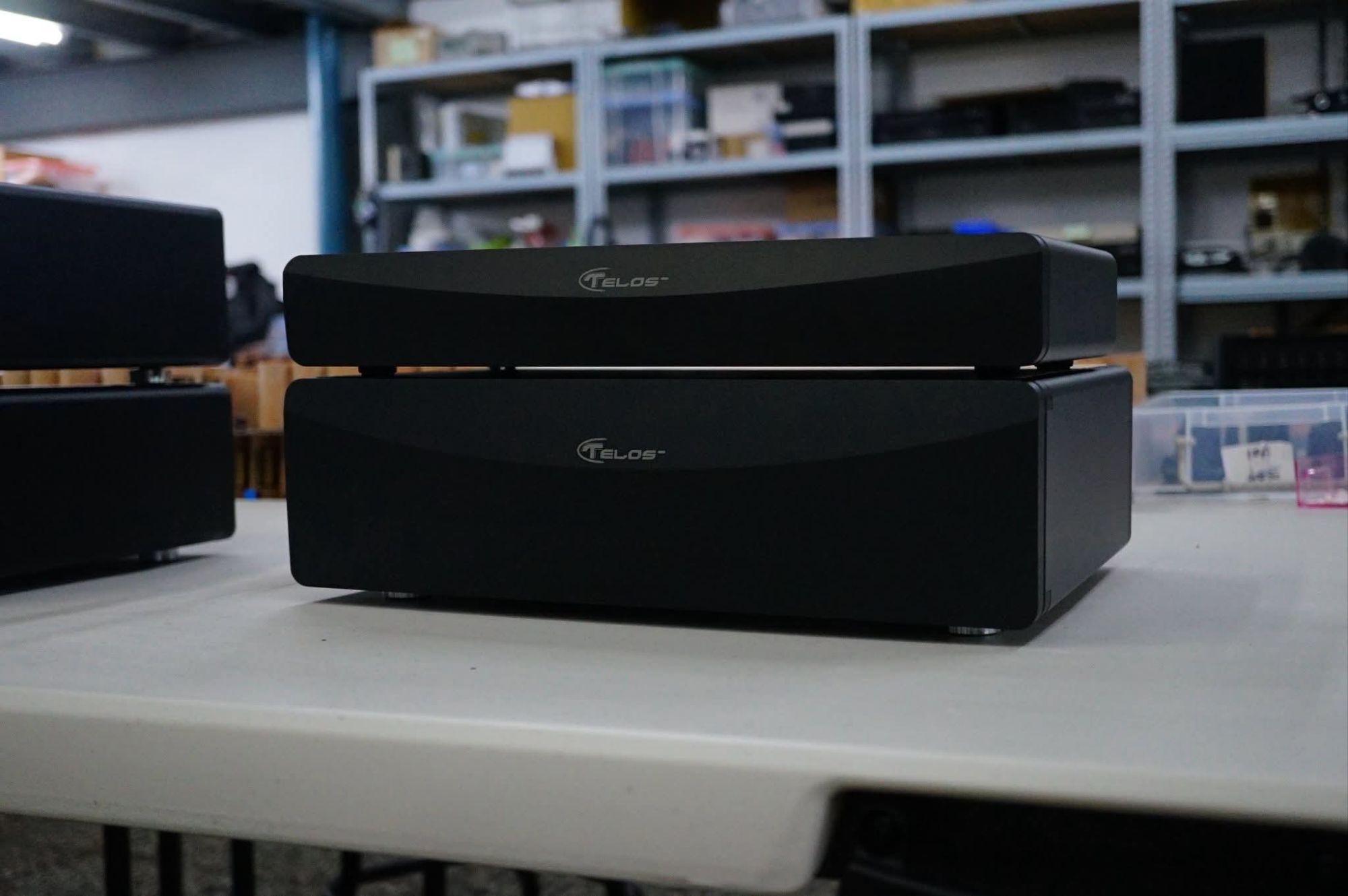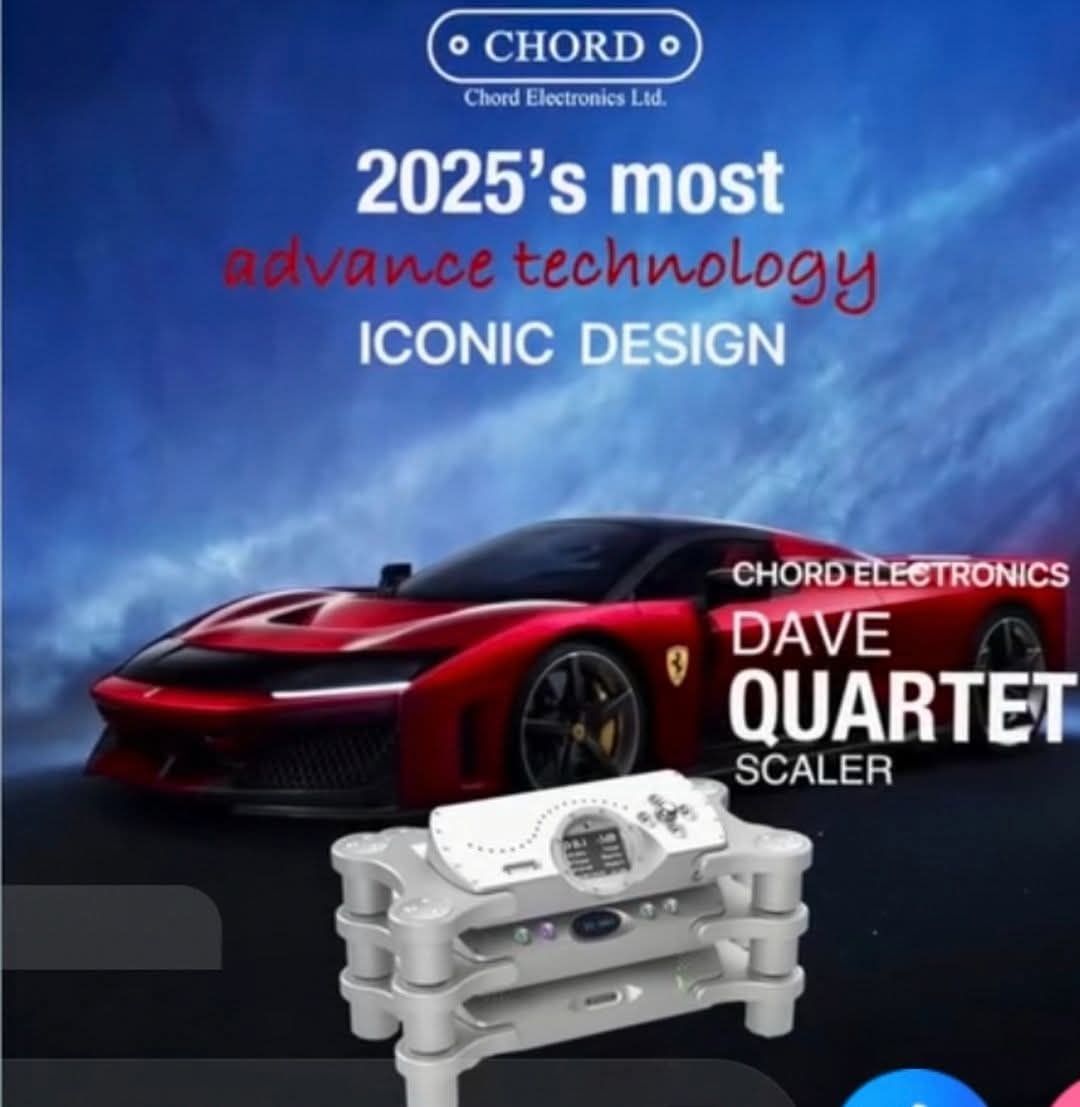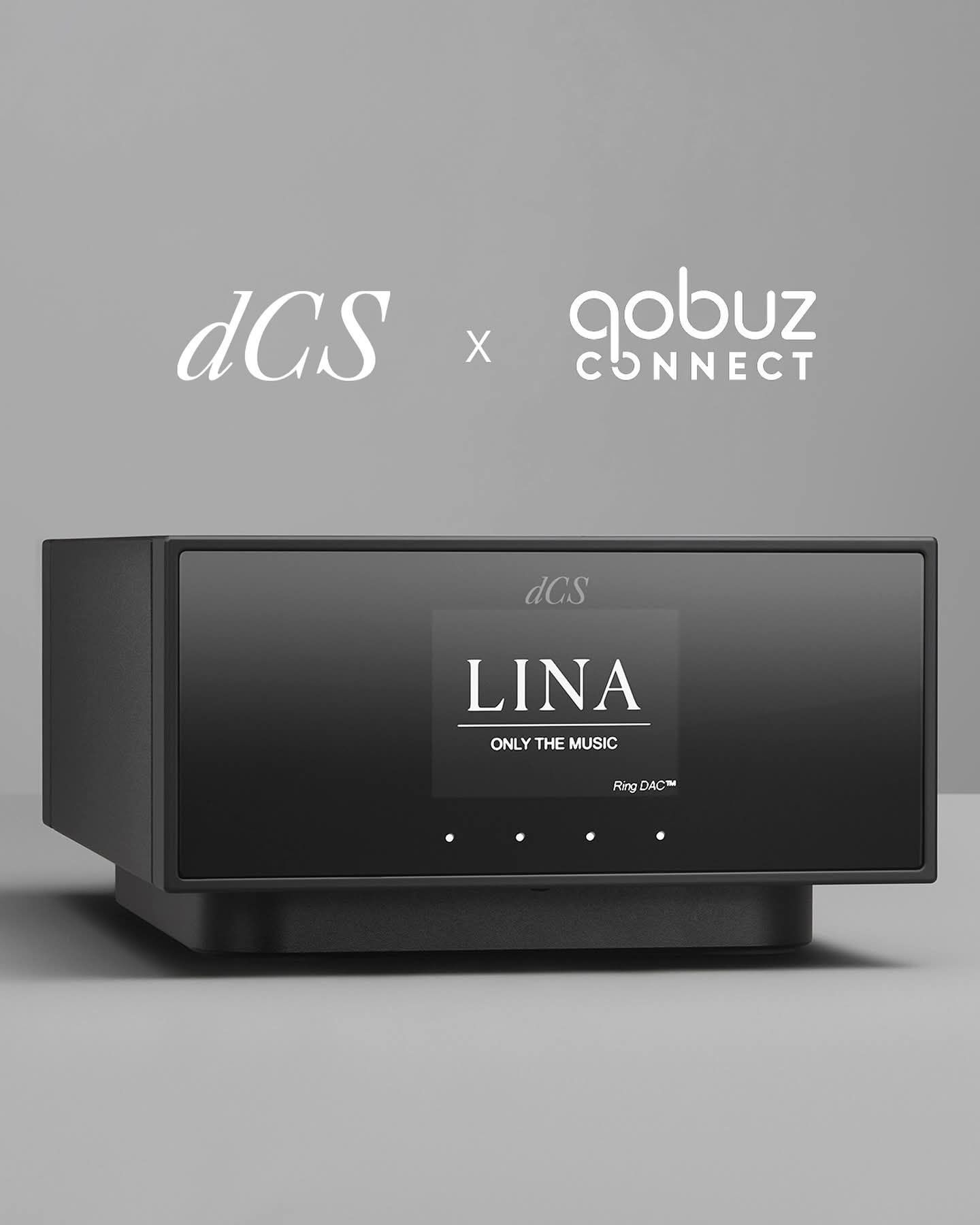Integrated Amplifier
A-2 ver.2
¥682,000
D/A Converter
D-2 ver.2
¥748,000
Phono Equalizer
E-2 ver.2
¥682,000
■Features
Integrated Amplifier A-2 ver. 2
· The output stage is a parallel push-pull design using the same high-speed, high-output TO3P transistors used in the A-3.
· The output stage transistors are precisely paired with hfe, eliminating the sound bleeding drawback of parallel push-pull designs.
· The driver stage also uses the same TO3P transistors as the output stage. By supplying a large current to the driver, hfe fluctuations caused by current changes in the output stage are instantly compensated for, generating powerful driving force. This is the biggest difference and breakthrough from the original.
· The voltage amplification stage circuit was also newly developed for the A-2 ver. 2. It has been significantly simplified from the original, and the bias circuit has also been completely redesigned.
· Uses a large, non-impregnated toroidal power transformer.
By lowering the output voltage compared to the original, instantaneous current supply capacity at low impedance is prioritized over maximum output at 8Ω. This significantly improves the perceived power and grip.
· The same relay-based resistor-switched volume circuit as the original is still used.
· The clearance of the free-standing top cover has been increased to improve the sense of openness.
Other chassis construction techniques are incorporated based on the 3 Series.
(Same for the E-2 ver. 2 and D-2 ver. 2.)
D/A Converter D-2 ver. 2
· The analog circuit features a fully balanced, non-feedback, new Type-R circuit developed for the E-3, optimized for DAC use. It achieves clarity and dynamics approaching those of the 3 Series.
· The external clock terminal uses a new, reinforced SMA terminal with excellent high-frequency characteristics. The conversion plug previously required to connect the X-3 clock generator is no longer necessary. Using the X-3 dramatically improves the overall sound quality.
· All of the know-how from the 3 Series has been applied to the digital circuitry, power supply circuitry, and chassis. The sense of openness and richness of expression have been significantly improved.
E-2 Ver. 2 Phono Equalizer
· The optical cartridge terminal uses the same XLR terminal for a separate power cable as the E-3. This maximizes the benefits of optical cartridges.
· The analog circuit for optical cartridges uses the same fully balanced, non-feedback New Type-R circuit as the E-3.
· The MC/MM circuit has also been simplified, with a completely new bias circuit, significantly improving quality.
· The fixed top cover has also been improved, as with the A-2 Ver. 2.
· Supports MC loads up to 1KΩ.
· Retains all the original’s diverse features, including the variable EQ curve.
- The New Type-R circuit is our collective term for fully balanced, non-feedback circuits composed of ground-to-ground amplification and ground-to-ground emitter follower.
